TikTok Shop Packaging Guidelines
08/05/2025
Packing guideline
Packaging-related Responsibilities:
- In order to reduce the risk of damage or leakage during transportation, the seller needs to package and label the products securely and properly in accordance with relevant laws and regulations.
- The packaging materials of the product should meet relevant quantity and quality standards to ensure that the product will not be damaged due to quantity or quality issues caused by packaging materials during transportation.
- TikTok is not responsible for any losses or damages caused by improperly packaged, labeled, or prepared products.
Packaging Material
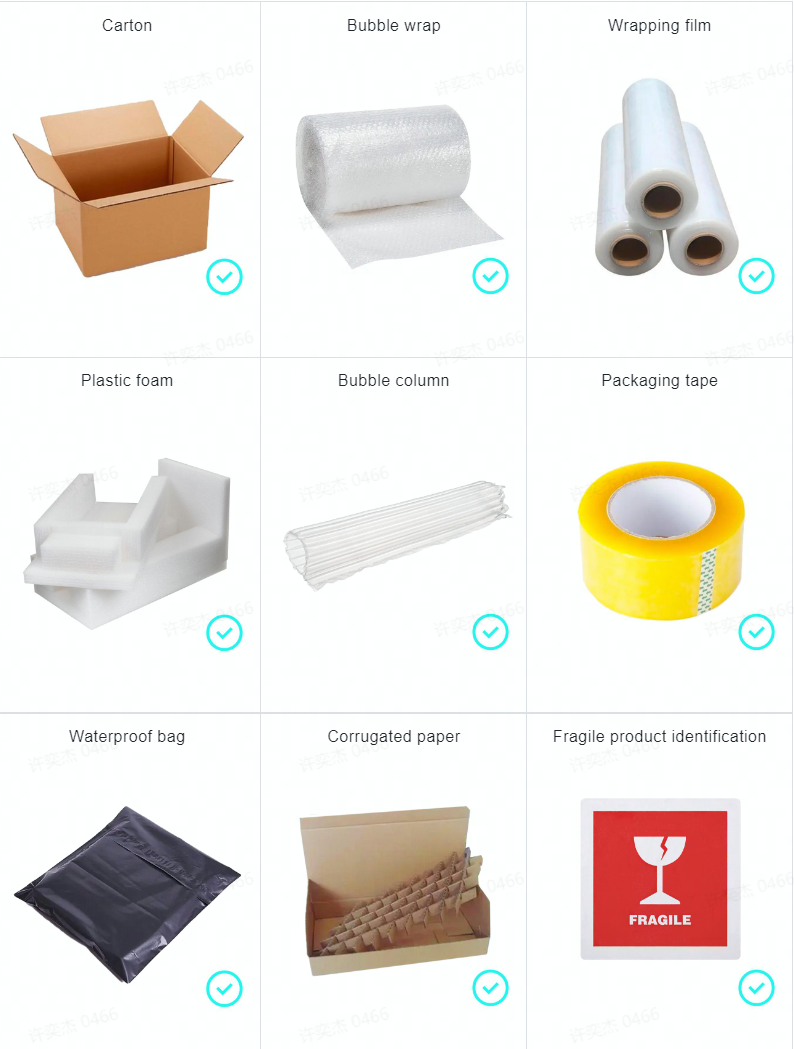
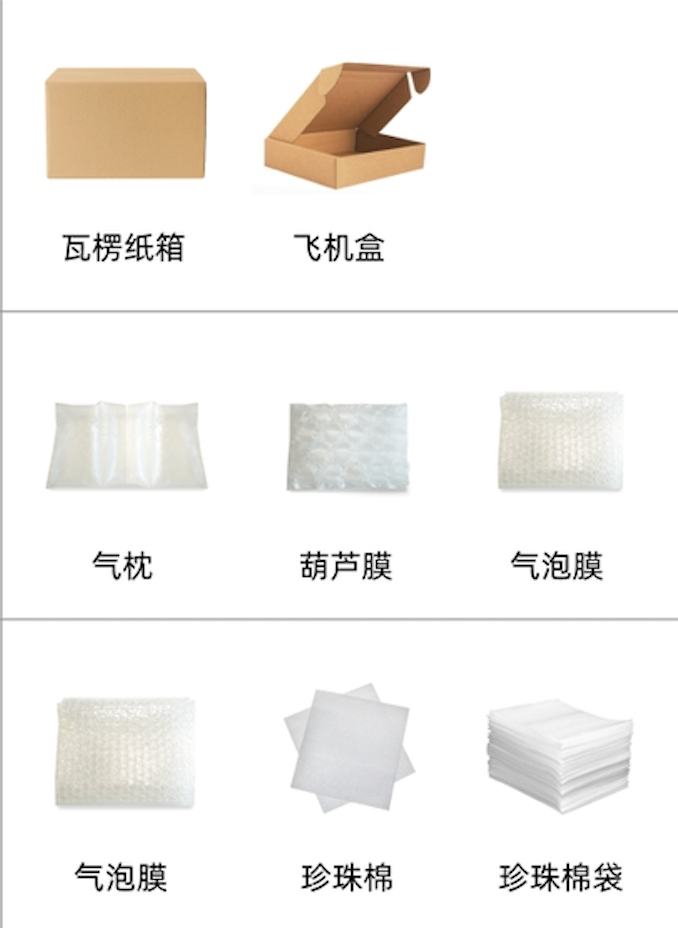 Corrugated box (the first one in the first row of the picture on the right), airplane box (the second one in the first row of the picture on the right), air cushion (the first one in the second row of the picture on the right), gourd bubble wrap (the second one in the second row of the picture on the right), bubble wrap (the third one in the second row of the picture on the right/the first one in the third row of the picture on the right), pearl cotton (the second one in the third row of the picture on the right), and pearl cotton bag (the third one in the third row of the picture on the right).
Corrugated box (the first one in the first row of the picture on the right), airplane box (the second one in the first row of the picture on the right), air cushion (the first one in the second row of the picture on the right), gourd bubble wrap (the second one in the second row of the picture on the right), bubble wrap (the third one in the second row of the picture on the right/the first one in the third row of the picture on the right), pearl cotton (the second one in the third row of the picture on the right), and pearl cotton bag (the third one in the third row of the picture on the right).Suggested Packaging Material by Category
3.1 Non-breakable Items
3.1.1 What Qualifies as Non-breakables
Items that will not deform, break or be damaged during transportation, such as:- Clothing (T-shirts, shirts, socks)
- Home textiles (wool blankets, bedding)
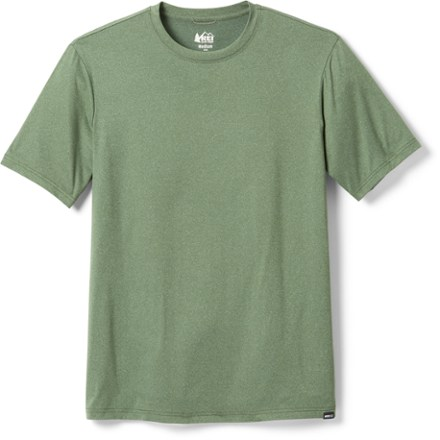 | 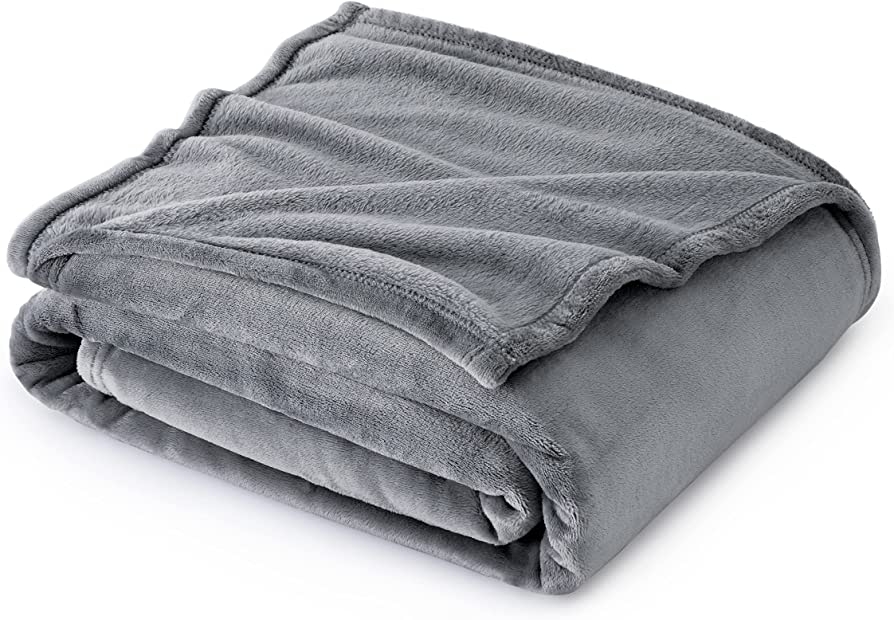 | 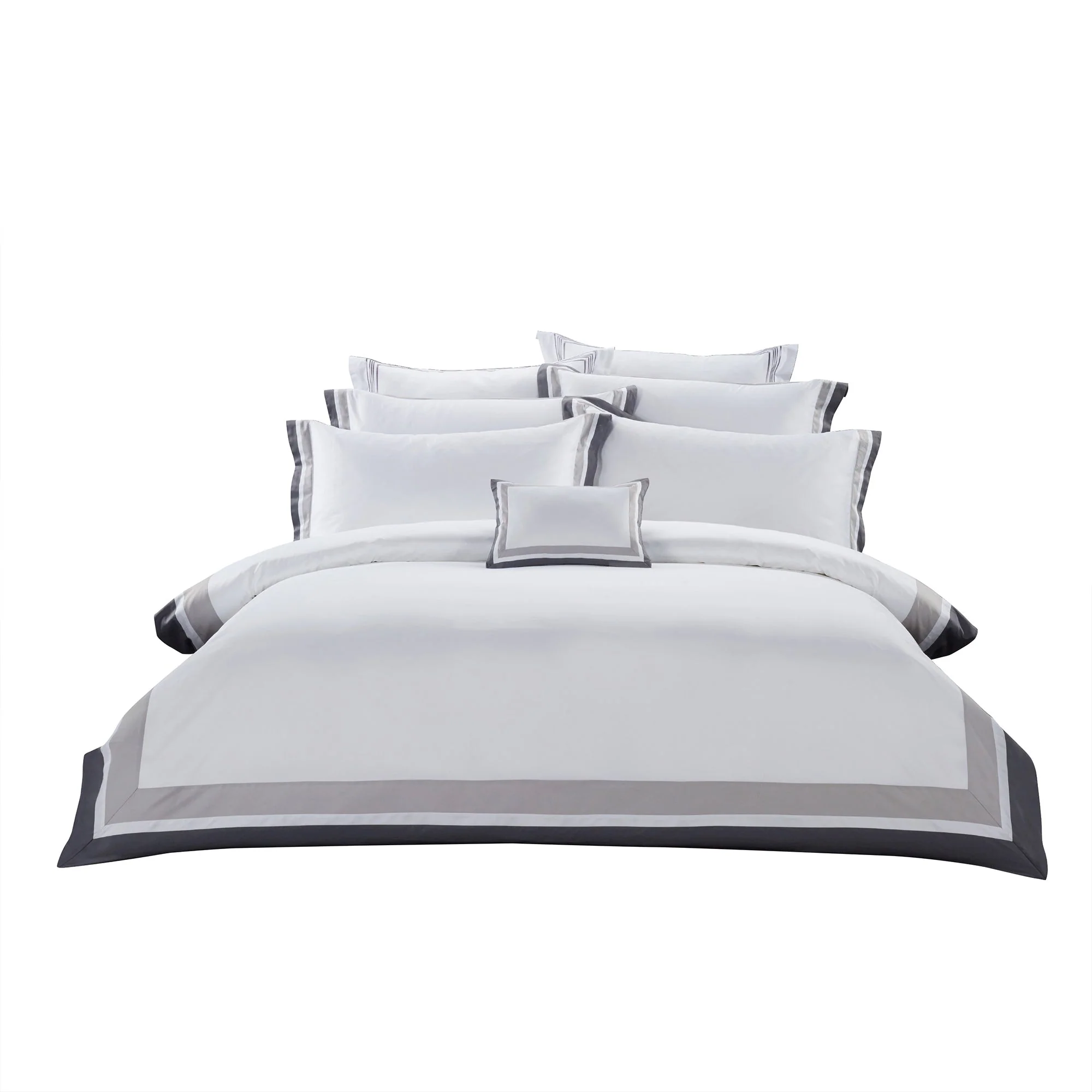 | 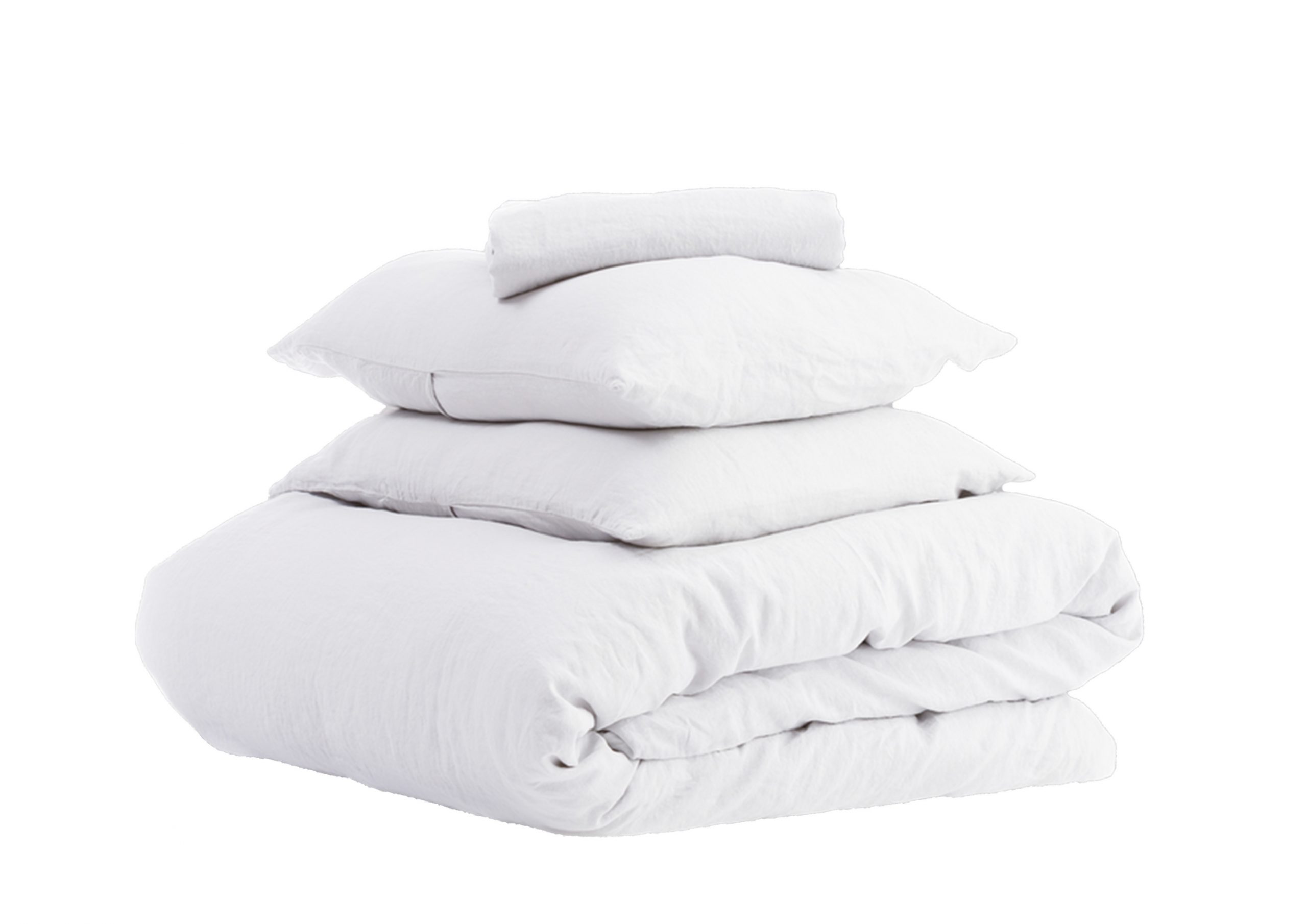 |
3.1.2 packing requirements
| Non-breakable Items | Packaging Requirements | Requirement for Inner Packaging Protection | Filling Requirement | Boxing Sealing Requirement | Warning Sticker and Marker |
| Specific Requirements |
| No requirements. | No requirements. |
| No requirements. |
Specific Steps | 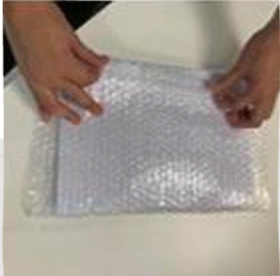 STEP 1 | 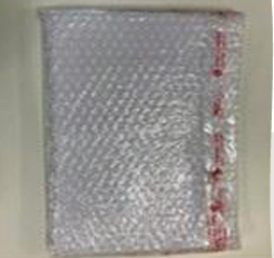 STEP 2 | 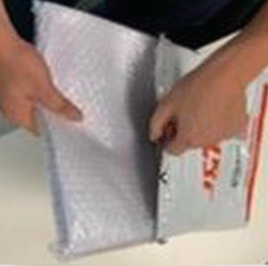 STEP 3 | 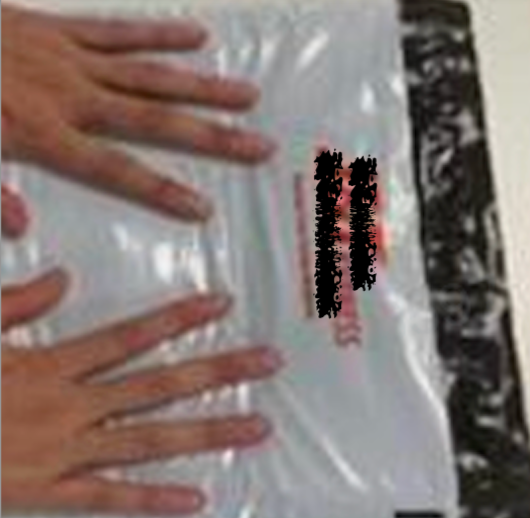 STEP 4 | 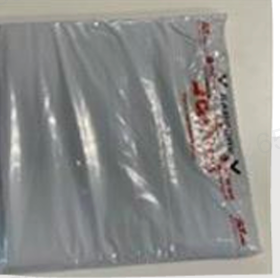 STEP 5 |
Warp books with bubble warp | Seal with tape | Packed with a well-fit courier bag | Release the air | Use tape to seal the courier bag |
3.2 Fragile and Breakable Items
3.2.1 What Qualifies as Fragile and Breakable
Items that are prone to deformation, breakage or damage during transportation due to improper packaging, such as:- Glass products (glass cups, glass ornaments), 3C electronic products (mobile phones, tablets), ceramic products (ceramic bowls, ceramic vases), etc.
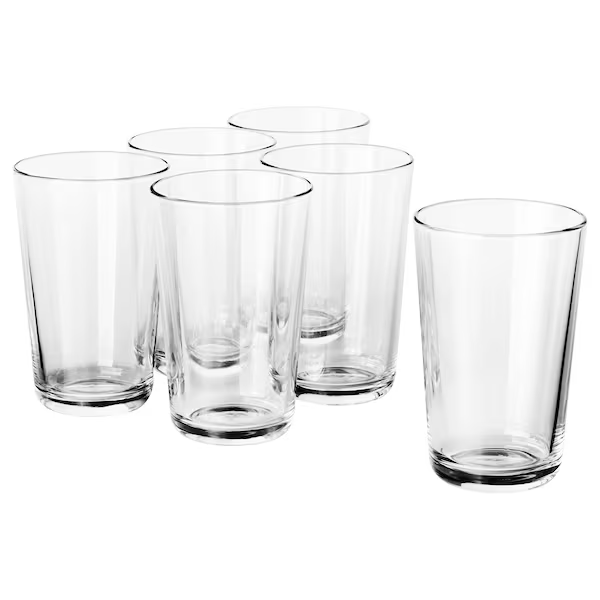 | 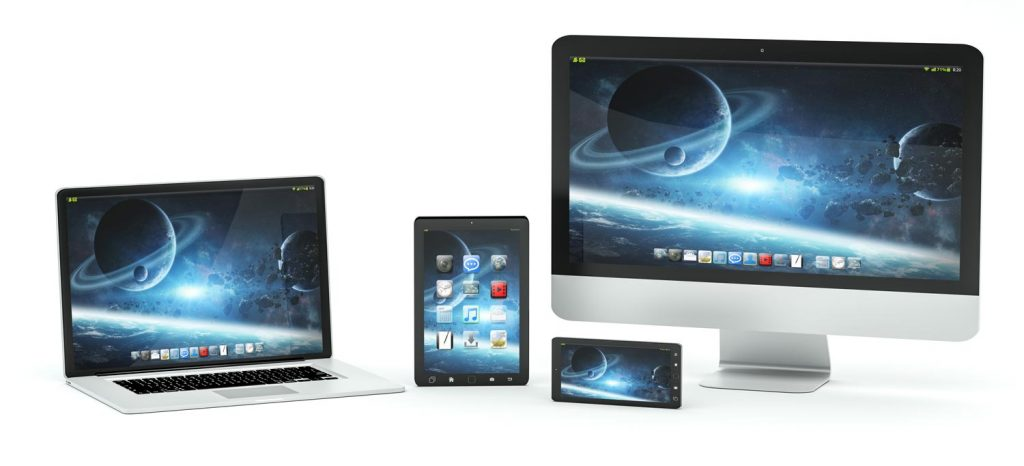 | 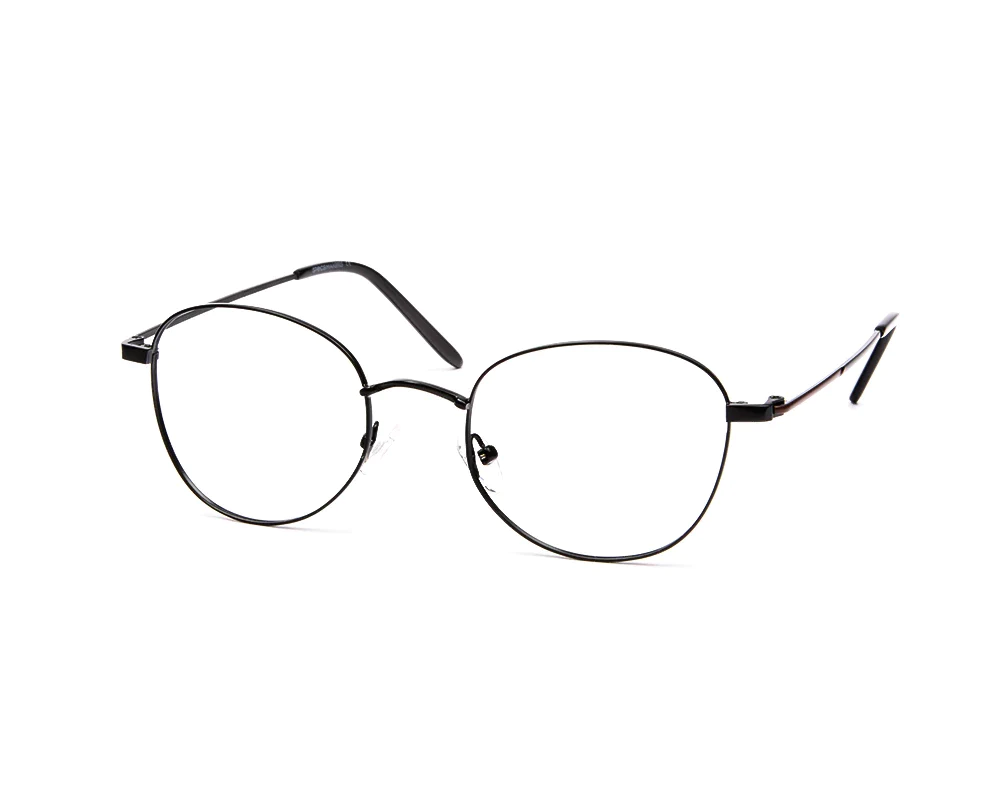 | 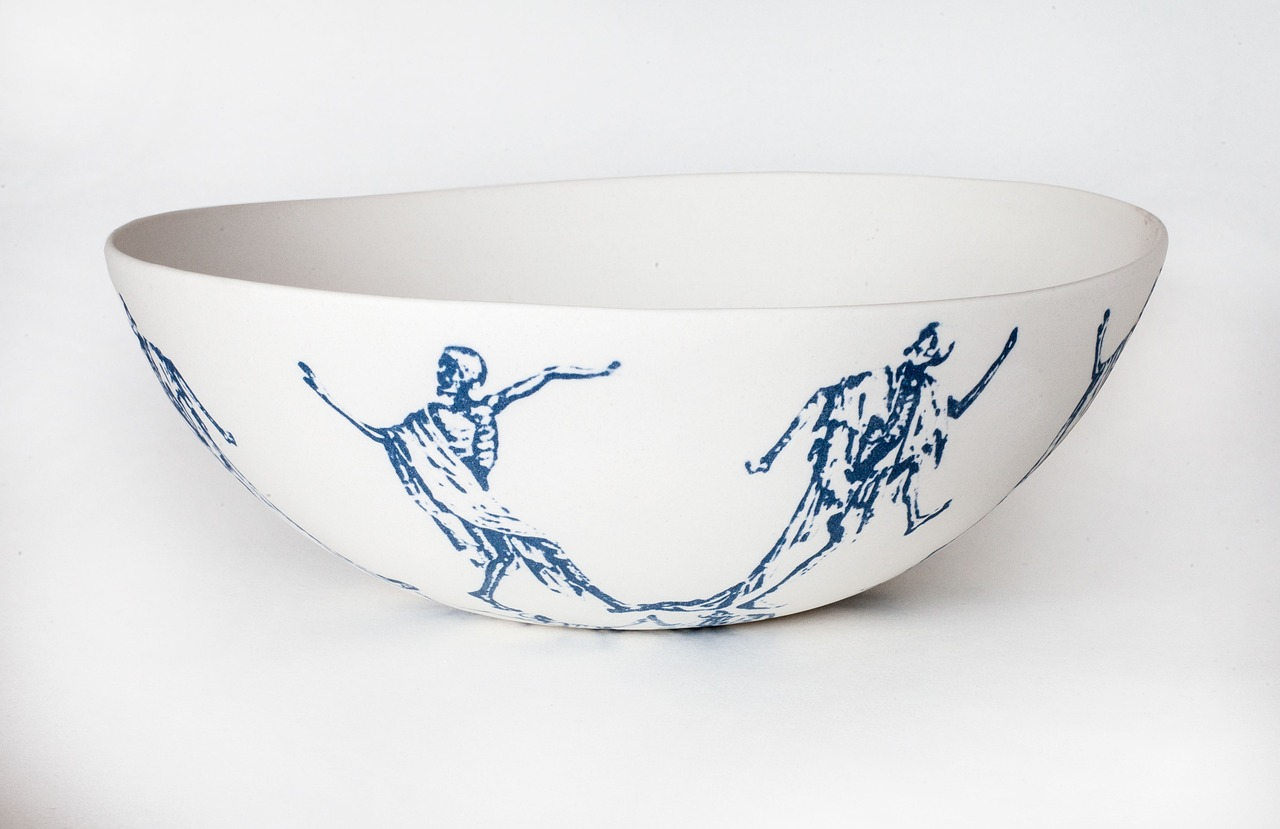 |
3.2.2 Packing Requirements
| Fragile and Breakable Items | Packaging Requirements | Requirement for Inner Packaging Protection | Filling Requirement | Boxing Sealing Requirement | Warning Sticker and Marker |
| Specific Requirements |
|
|
|
|
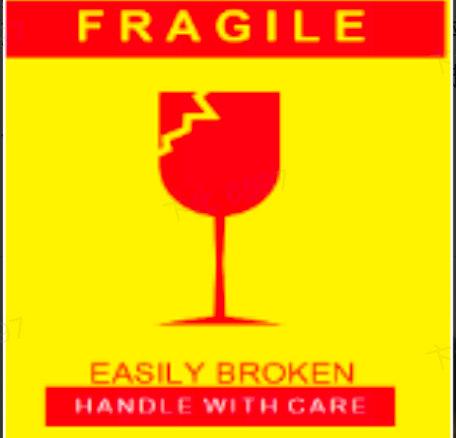 |
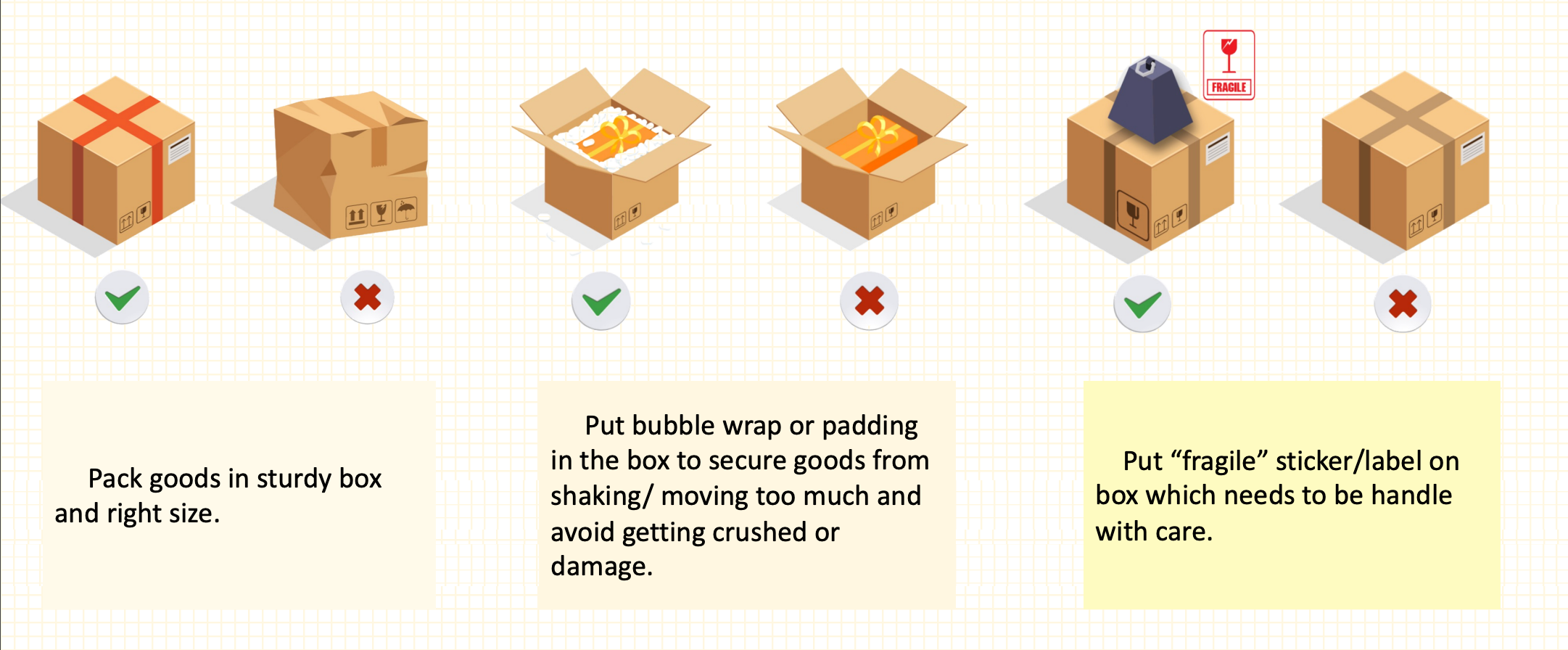 | |||||
Illustrations for inner packaging protection | |||||
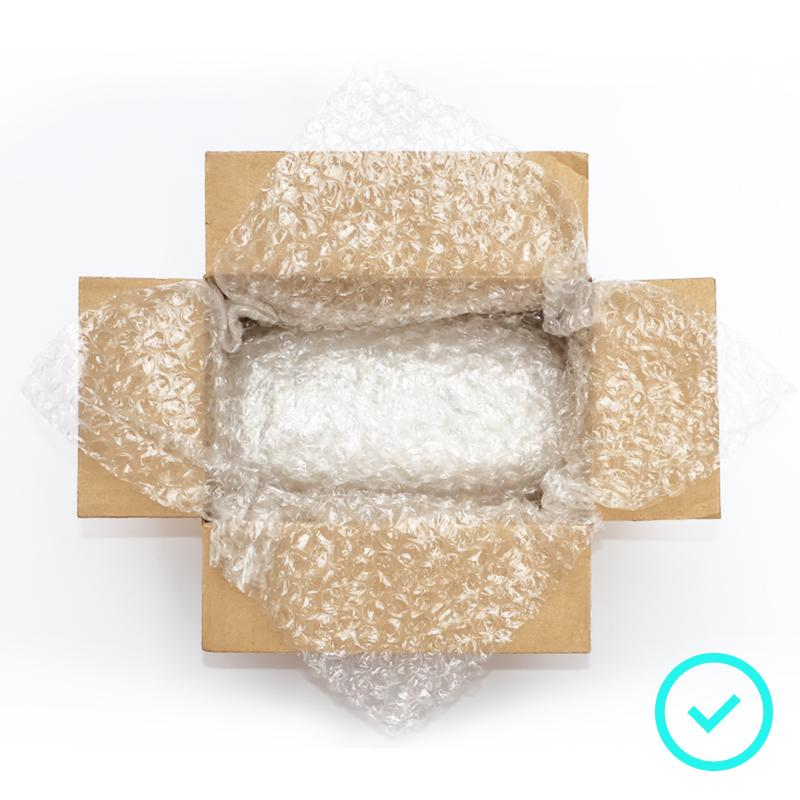 | 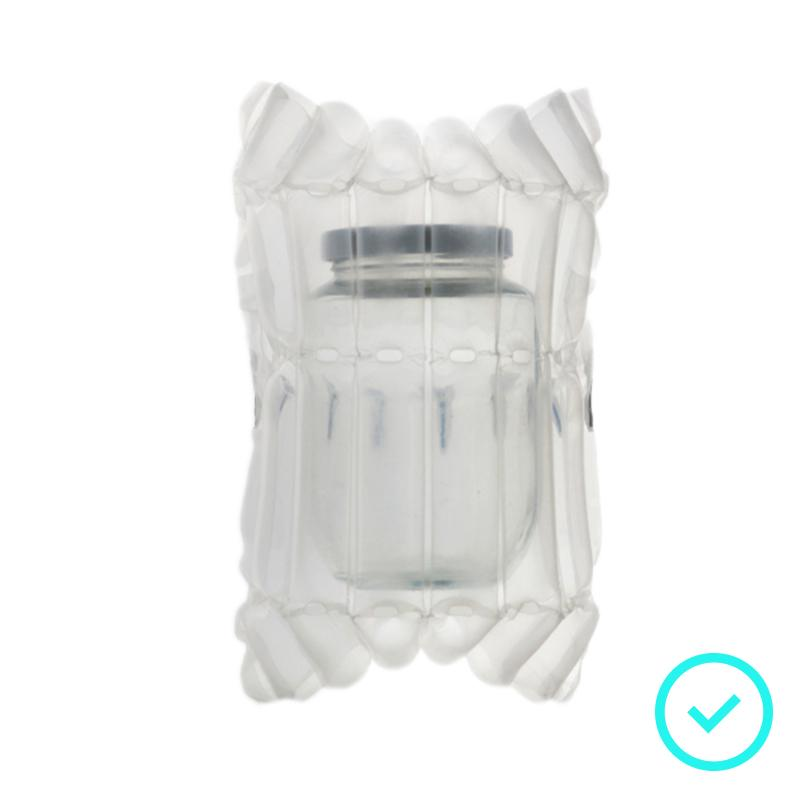 |  | |||
3.3 Spillable Items
3.3.1 What Qualifies as Spillable
Containers or items that may deform, break or damage, and their contents may spill during the shipping process if not properly packaged, including:- Beverages, beauty products (moisturizer and perfume), personal care products (facial cleanser, shower gel), semi-solid products (grains, powders, gels, wet wipes), etc.
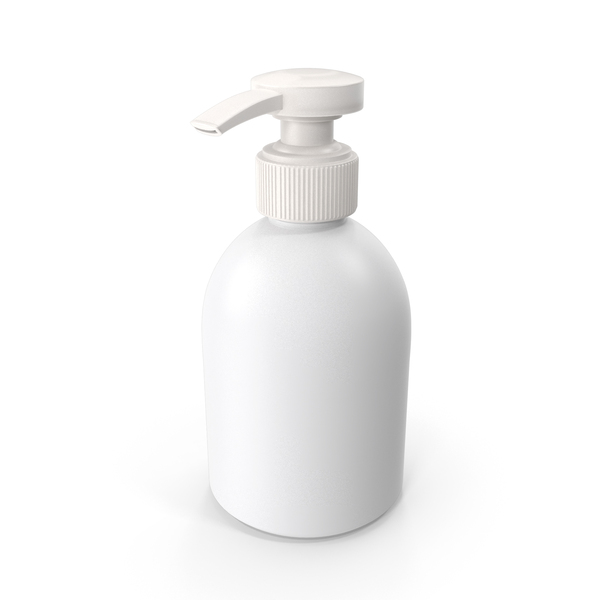 | 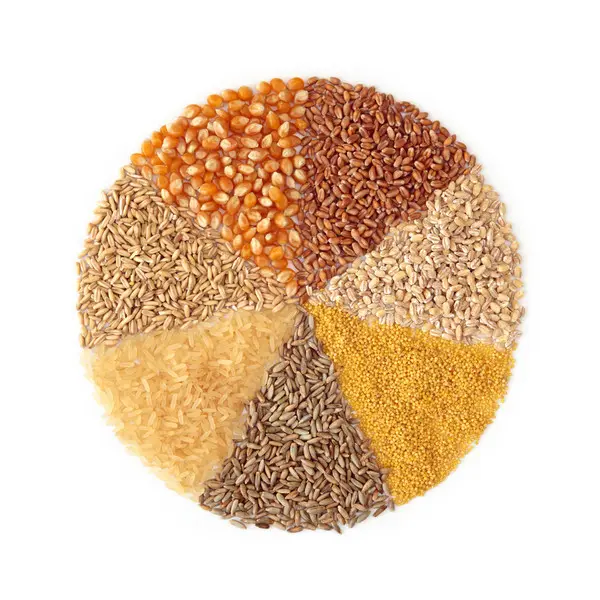 | 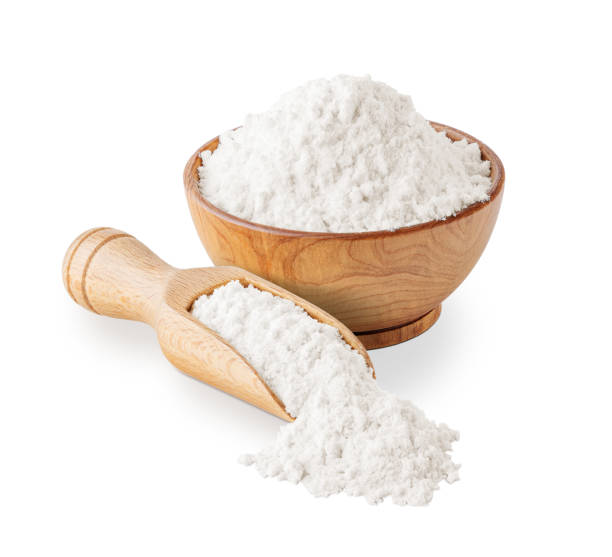 | 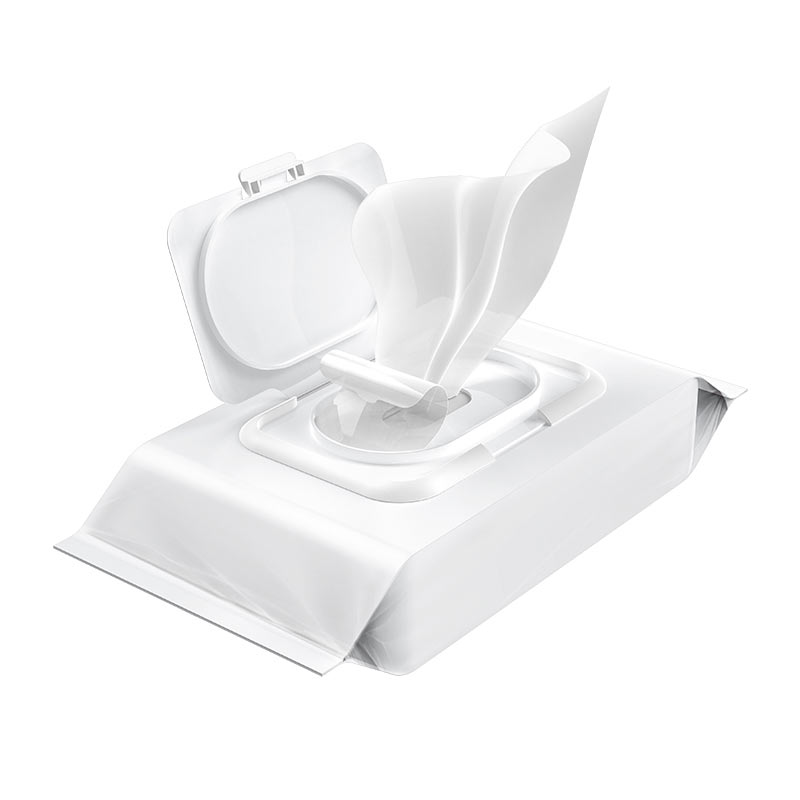 | 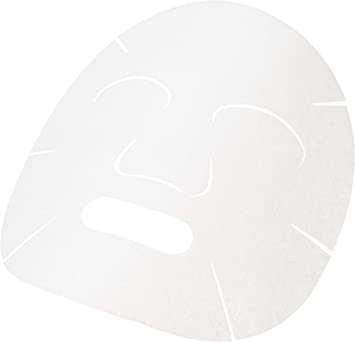 |
3.3.2 Racking Requirements
| Spillable Items | Packaging Requirements | Requirement for Inner Packaging Protection | Filling Requirement | Boxing Sealing Requirement | Warning Sticker and Marker |
| Specific Requirements |
|
|
|
|
 |
| Packaging Process | Use stretch wrap/leak-proof clips at the nozzle and bottle cap. | ||||
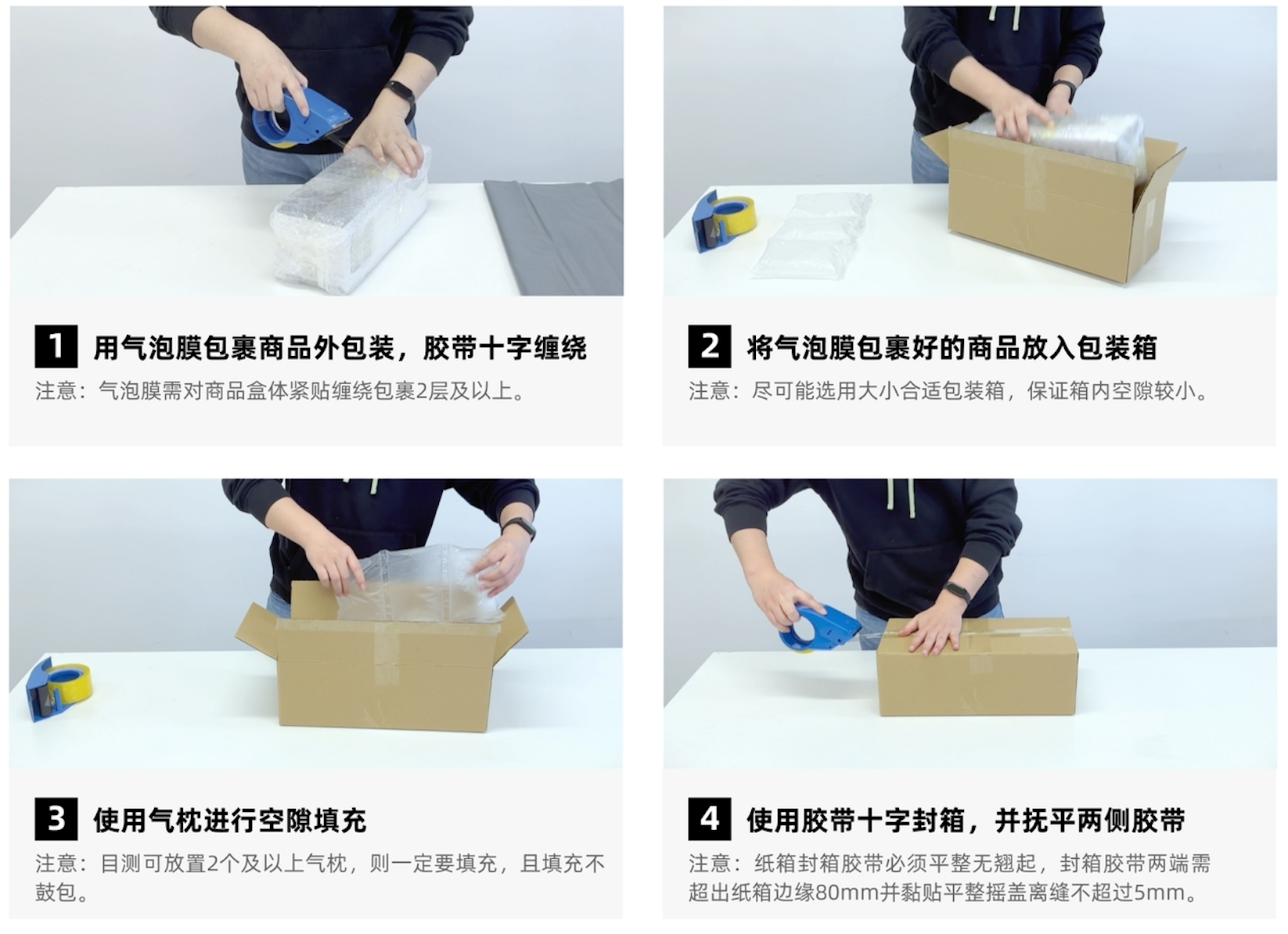 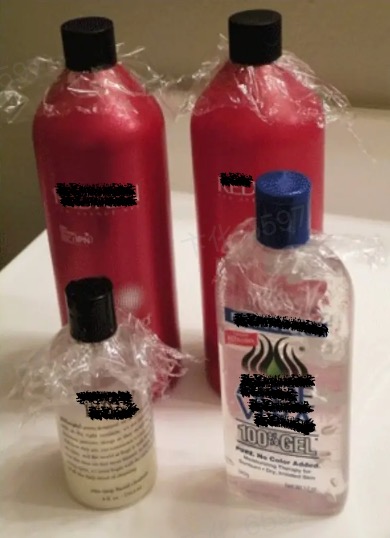 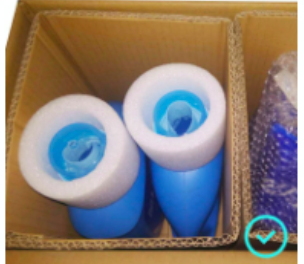  | |||||
| |||||
3.4 Dangerous and Hazardous Items
3.4.1 What Qualifies as Dangerous and Hazardous
Items with physical hazards, toxicity, etc.- Such as kitchen utensils, knives, insecticides, etc.
 | 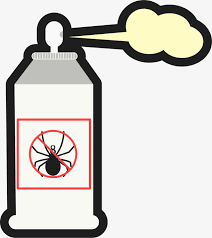 |
3.4.2 Packing Requirement
| Dangerous and Hazardous Items | Packaging Requirements | Requirement for Inner Packaging Protection | Filling Requirement | Boxing Sealing Requirement | Warning Sticker and Marker |
| Specific requirements:If your package contains dangerous and hazardous products such as knives, kitchen utensils, etc., please strictly follow the packaging requirements. |
|
|
|
|
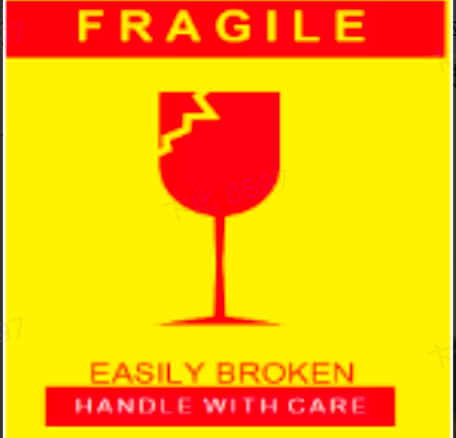 |
| Packaging Specifications | Packaging Process | ||||
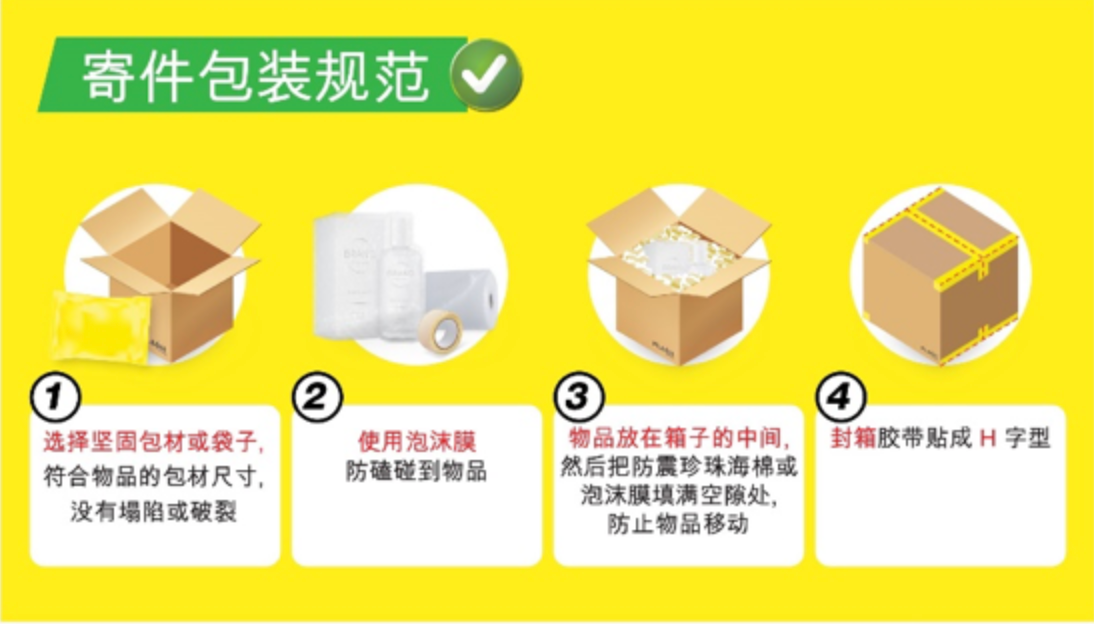  | |||||
Shipping Packaging Guidelines:
| The product needs to be completely wrapped with bubble bags or other materials.Place the product wrapped with bubble bags into the shipping box, and use air cushions to fill any empty space.Use tape to seal the box in a cross shape. | ||||
3.5 Bulky, Heavy, or Irregularly-shaped Items
3.5.1 What Qualifies as Bulky, Heavy,or Irregularly-shaped
Such items refer to items with a weight or volume exceeding 10kg or with a length/width/height exceeding 100cm. Irregularly-shaped items refer to items whose size and angles are not suitable for standard boxes.- Such as TVs, monitors, appliances, camera tripods, massage chairs, tables, etc.
 | 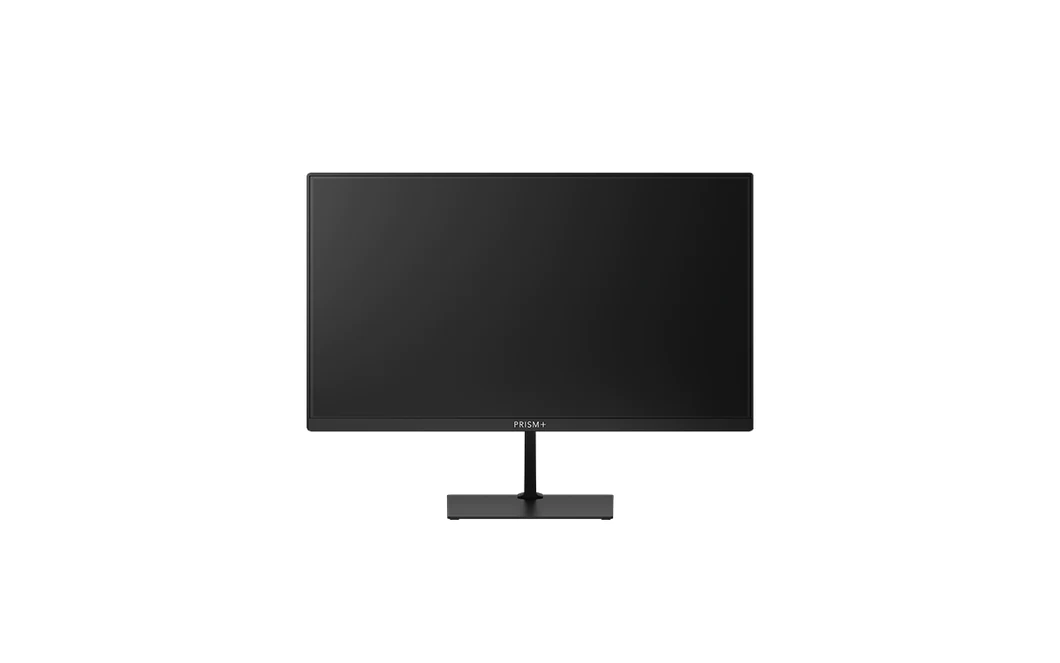 | 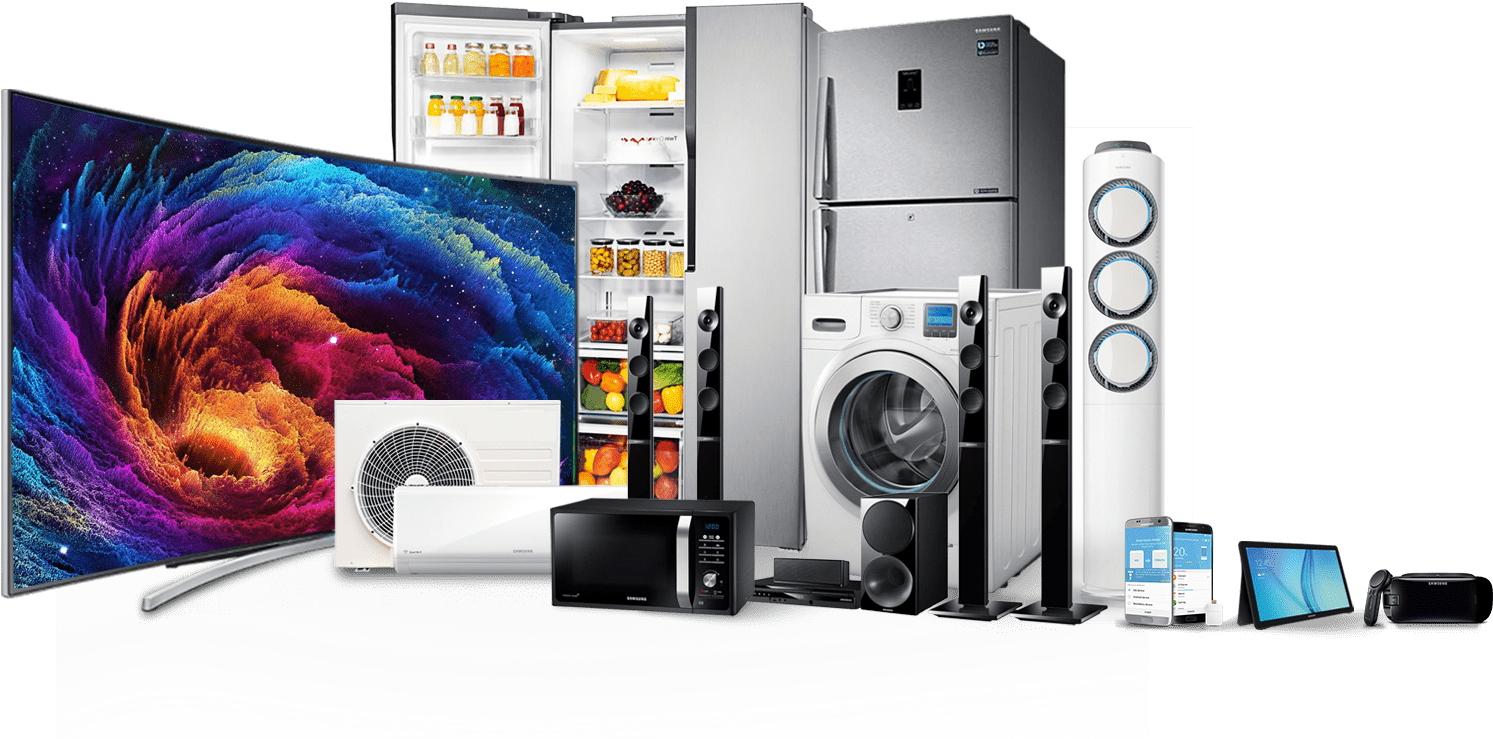 |
3.5.2 Packing Requirement
| Bulky, Heavy, or Irregularly-shaped Items | Packaging Requirements | Requirement for Inner Packaging Protection | Filling Requirement | Boxing Sealing Requirement | Warning Sticker and Marker |
| Specific Requirements |
|
|
|
|

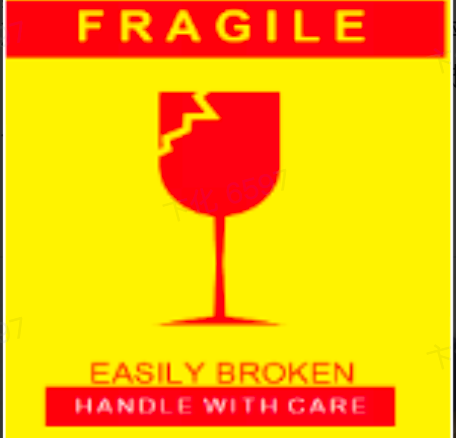 |
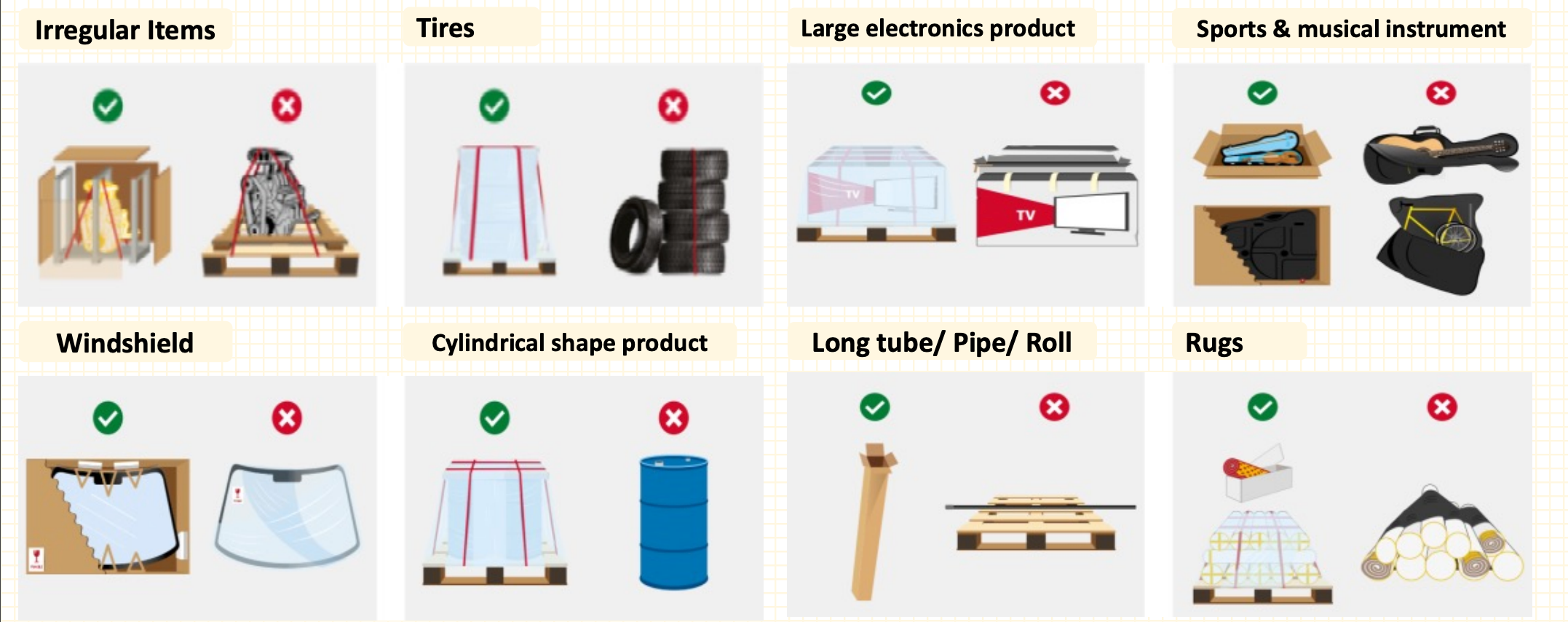 | |||||
3.6 Small Items
3.6.1 Definition of Small Items
Small-sized items weighing less than 1kg.- Such as flash drives, gadgets, stickers, jewelry, etc.
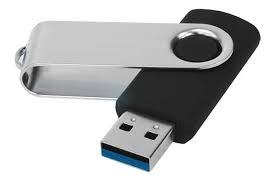 |  | 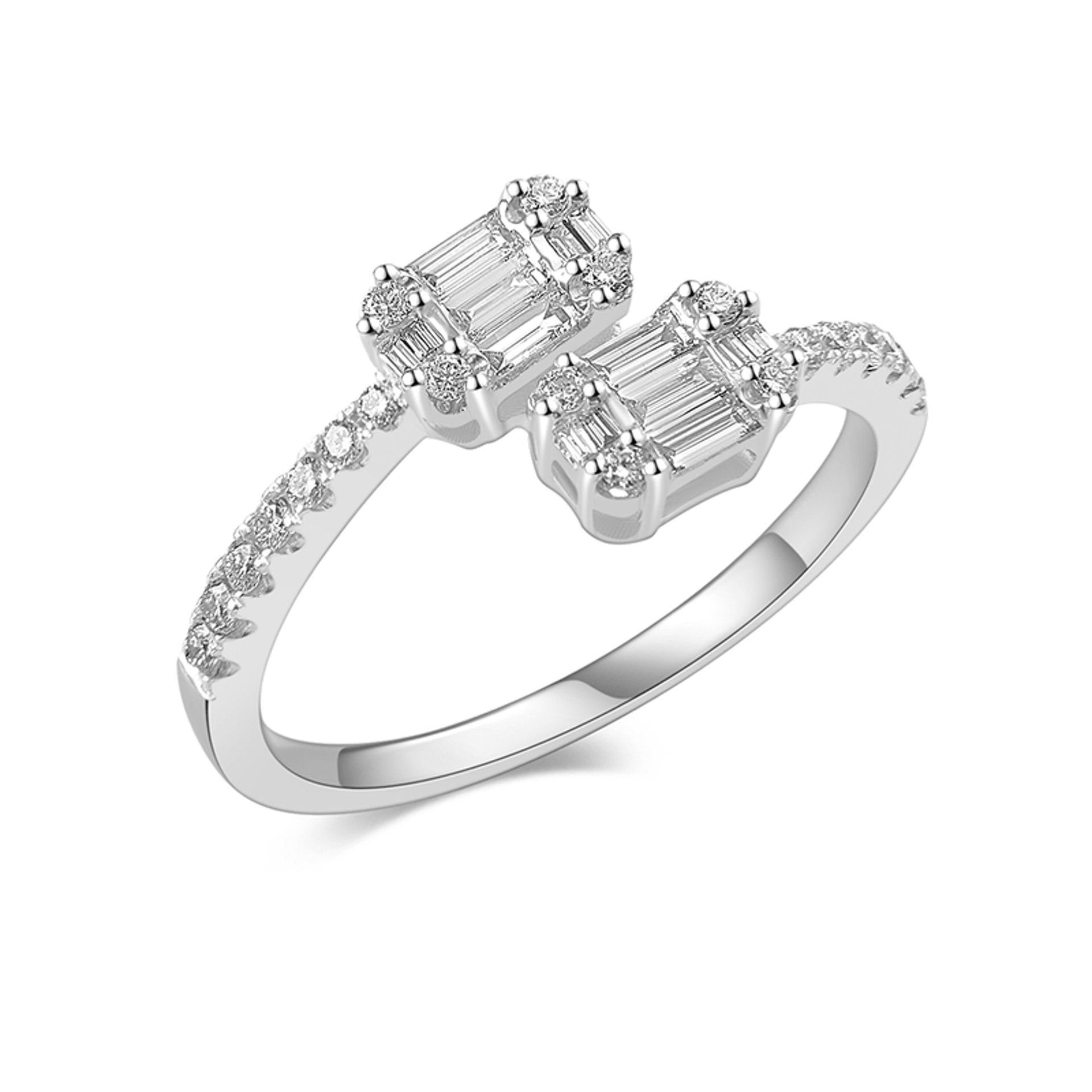 |
3.6.2 Packing Requirement
| Small Items | Packaging Requirements | Requirement for Inner Packaging Protection | Filling Requirement | Boxing Sealing Requirement | Warning Sticker and Marker | 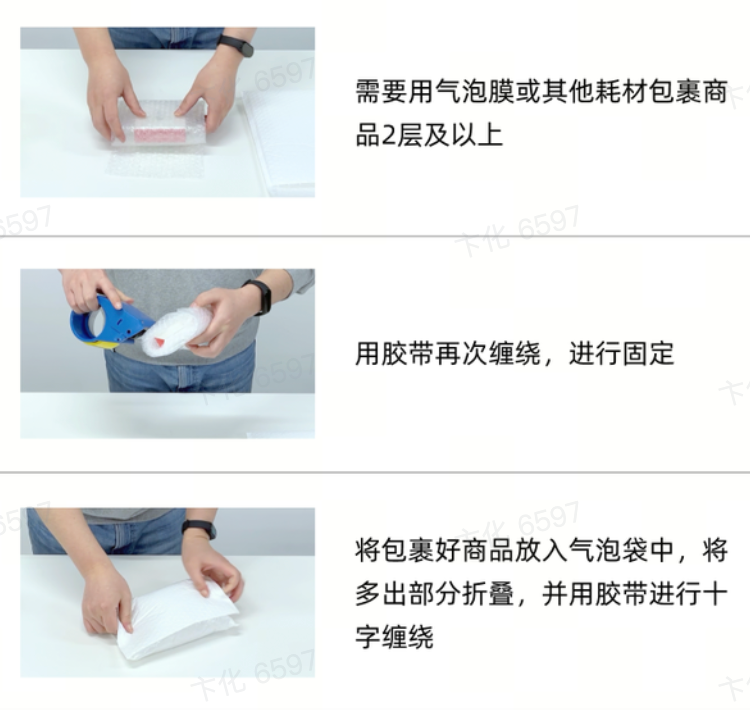 |
| Detailed Requirements | Suitable airplane box/waterproof bags Air cushion/gourd bubble wrap/bubble wrap Bubble wrap/pearl cotton
|
|
|
| No requirement |
3.7 Please Follow the Packaging Requirements to Prevent Rejected Packages
- Please avoid the following things to prevent packages from being rejected
- No outer packaging.
- No dividers and buckles for liquid and semi-solid products (loose packaging).
- No required protection for products inside (such as no stretch film/bubble wrap for fragile products).
- No required labels for fragile items.
- No additional packaging to secure products (for example, no bottle caps for liquid and semi-solid products).
- Fragile items are packaged in shipping bags (for example, cartons are not used as outer packaging materials for 3C products).
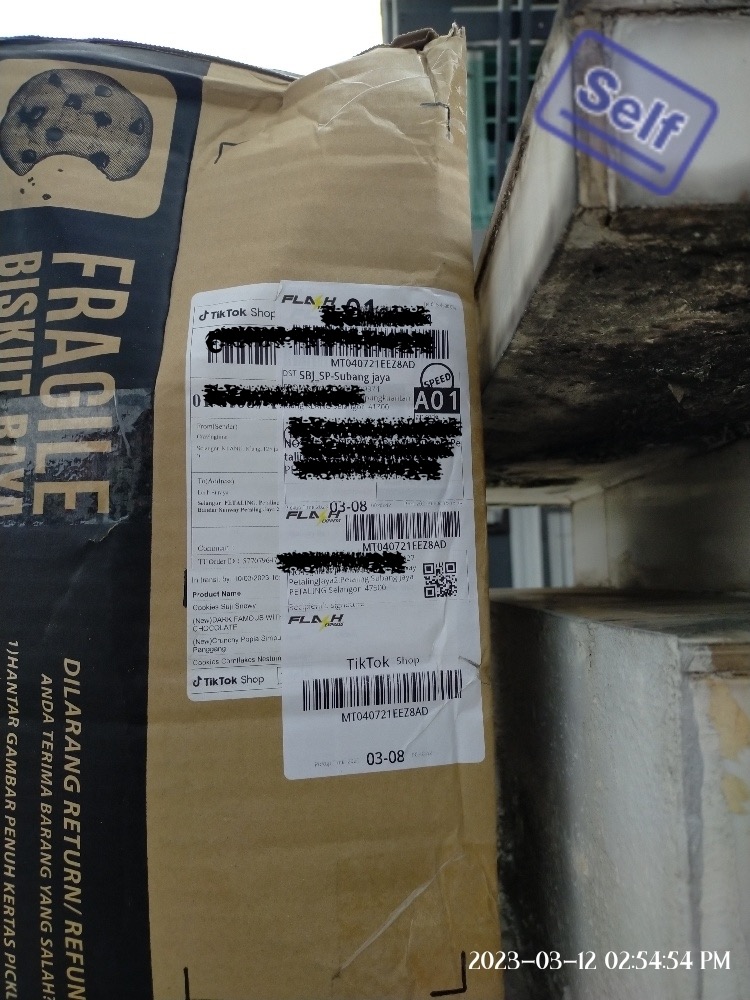 | 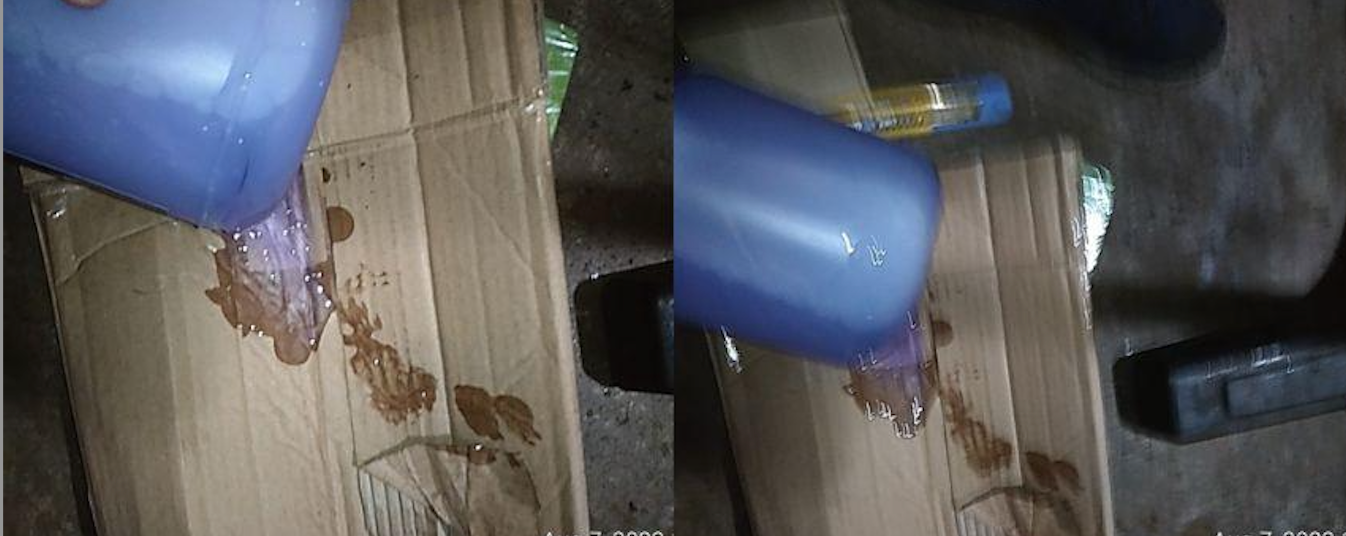  | 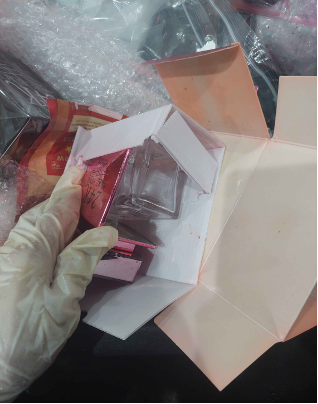 |  |
No required labels for fragile items. No required protection for products inside. | Intact outer packaging but with liquid leakage. No additional packaging (cap) to secure the product. | No required filling material (for cushioning). | No bubble wrap/stretch film (no inner packaging protection). No required filling material (for cushioning). |
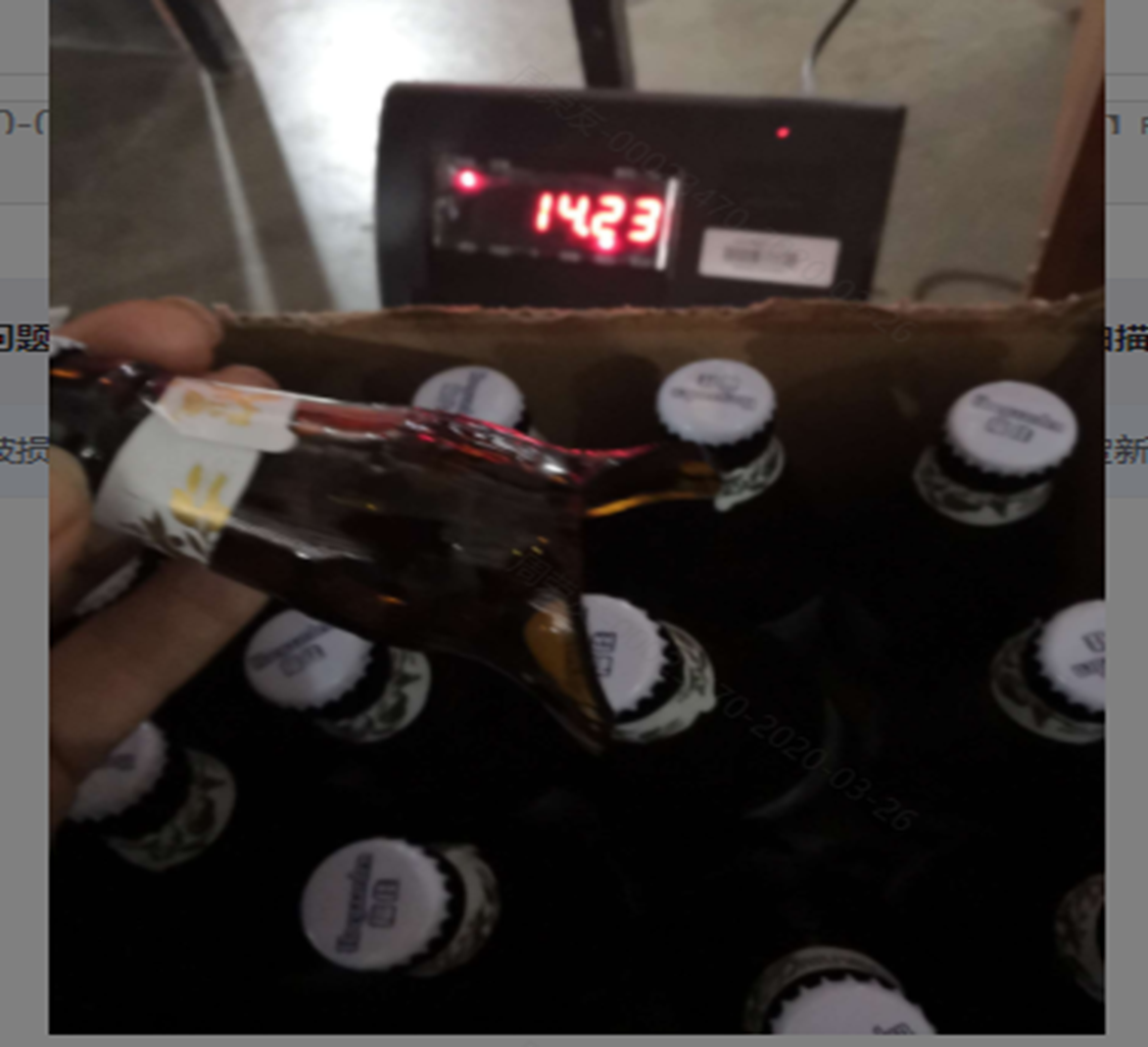 | 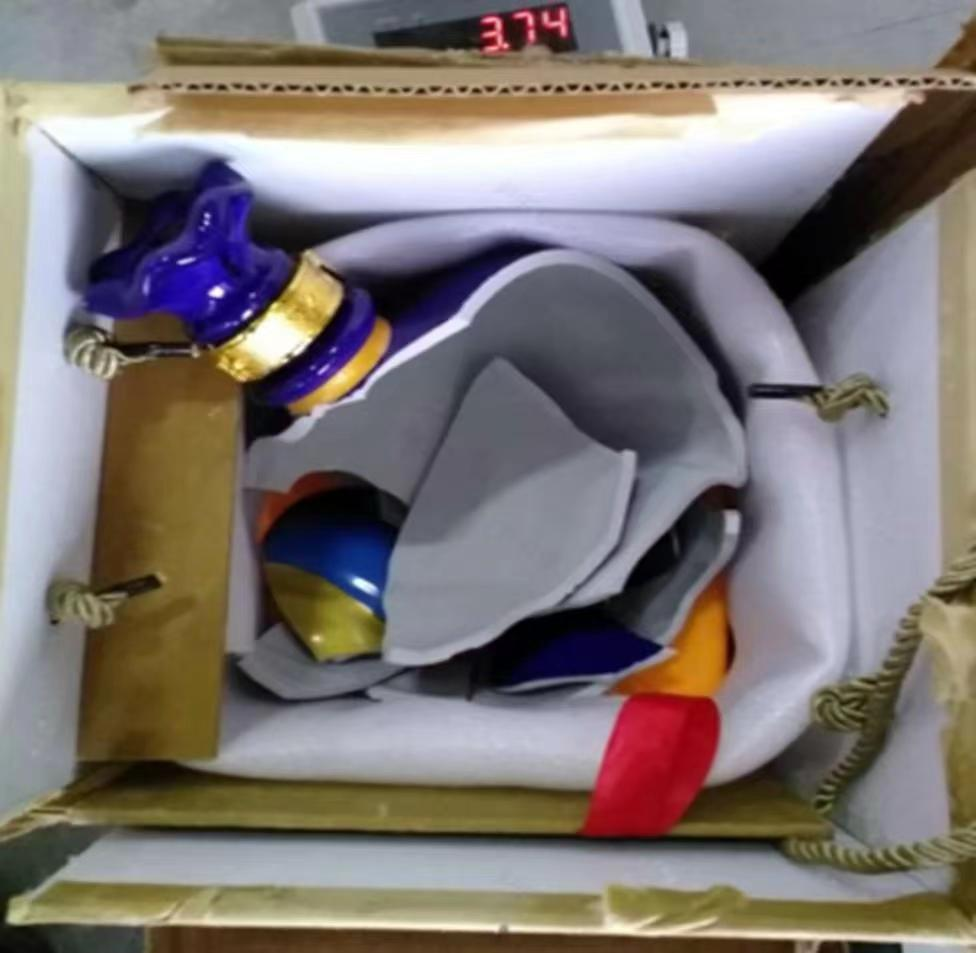 | 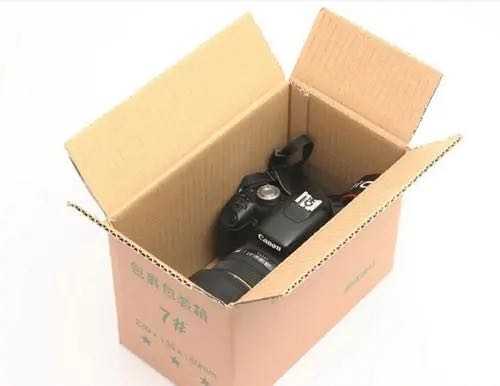 | 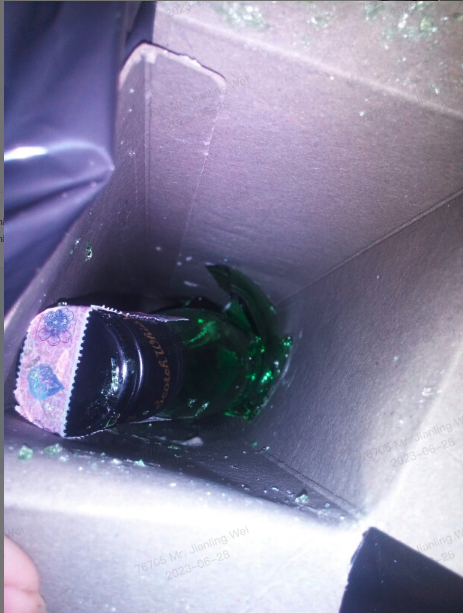 |
The packaging is too loose and there's no cushioning material. Dividers should be used for multiple glasses of liquid. | No required protection for products inside. No required filling material. | No required protection for products inside or outer packaging. No required labels for fragile items. | No bubble wrap/stretch film. No required filling material (for cushioning). |
Fresh fruit
4.1 Compulsory
a. Fruit type| Fruit type | ||
Temperature | Room-temperature fruit | Durian, cantaloupe, honeydew melon, watermelon, papaya, jackfruit, coconutMango, pineapple, passion fruit, tamarind, orange, dragon fruit, pomegranate, snake fruit, pomelo, yaconBanana, pear, apple, kiwi, lotus root, guava, avocado, sapodilla, peach, loquatPlum, longan, dragon fruit, chestnut, mango, plum, marian plum, date, mangosteen, cherimoya, sandalwood, rambutan, long kong, fig |
| Refrigerated fruit | Cherry, Bayberry, Blueberry, Lychee, Kyoho grapes, Green grape, Strawberry, Wampi | |
Size | Small-size fruit | Plum, longan, chestnut, plum, marian plum, date, mangosteen, sandalwood, rambutan, long kongCherry, Bayberry, Blueberry, Lychee, Kyoho grapes, Green grape, Strawberry, Wampi |
| Middle-size fruit | Mango, pineapple, passion fruit, tamarind, orange, dragon fruit, pomegranate, snake fruit, pomelo, yacon, cherimoyaBanana, pear, apple, kiwi, lotus root, guava, avocado, sapodilla, peach, loquat | |
| Large-size fruit | Durian, cantaloupe, honeydew melon, watermelon, papaya, jackfruit, coconut | |
Peel softness | Hard-peel fruit | Durian, coconut |
| Soft-peel fruit | Others than the above hard-peel fruit | |
Temperature | Size | Peel softness | ||||||
| Material category | Material | Room-temperature fruit | Refrigerated fruit | Small-size fruit | Middle-size fruit | Large-size fruit | Soft peel | Hard peel |
| Outer packaging | Five-layer paper box | ✅ | ✅ | |||||
| Ventilation holes box | ✅ | |||||||
| Well-sealed polystyrene box | ✅ | |||||||
| Fruit packaging(Pack items individually) | Blister tray/Plastic bag/Vacuum bag | ✅ | ||||||
| Net/Foam/Foam divider | ✅ | |||||||
| Thick Paperboard/Thick Airbag | ✅ | |||||||
| Inner filler(Make sure there is no extra space for shaking) | Normal EPE foam/bubble wrap | ✅ | ||||||
| Thick EPE foam | ✅ | |||||||
| Others | Dry ice bag/Absorbent bag (at least two dry ice bags and two absorbent bags) | ✅ | ||||||
Outer packaging | Fruit packaging | Inner filler | Others | |||||
Five-layer paper box | Ventilation holes box | Well-sealed polystyrene box | Blister tray/Plastic bag/Vacuum bag | Net/Foam/Foam protection | Thick Paperboard/Thick Airbag | Normal EPE foam/Bubble wrap | Thick EPE foam | Dry ice bag/Absorbent bag |
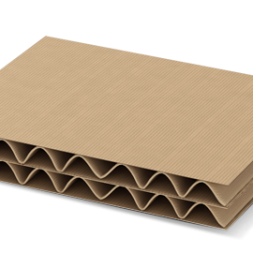 | 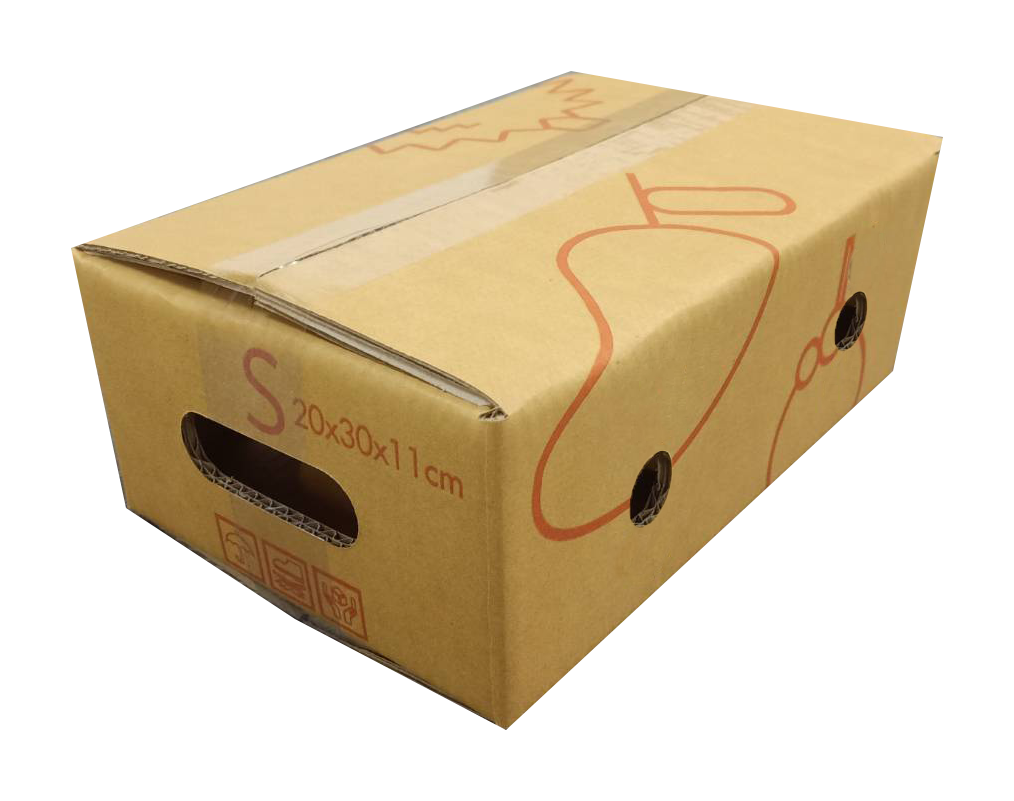 | 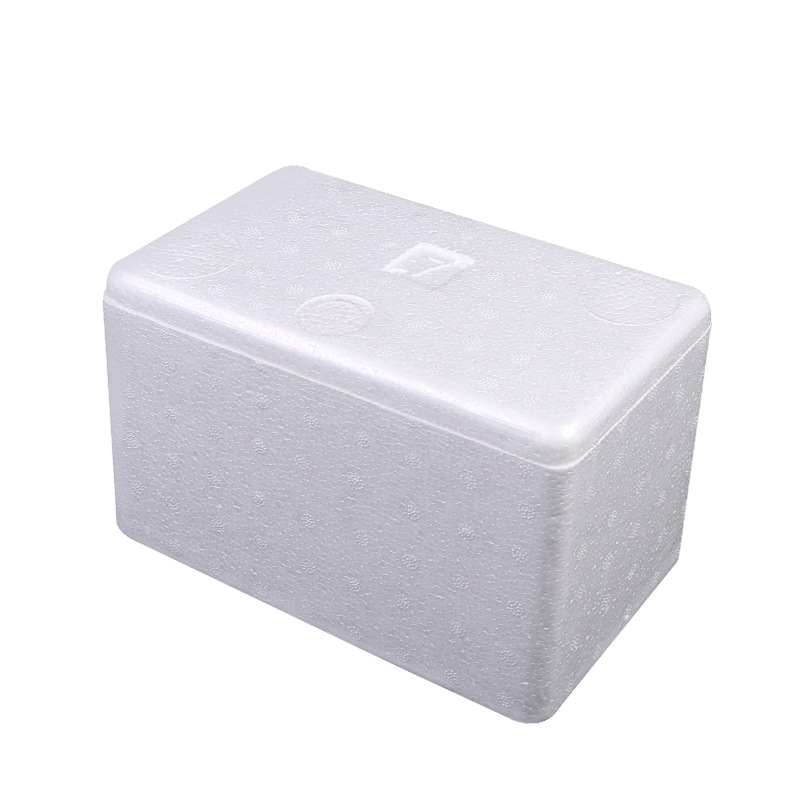 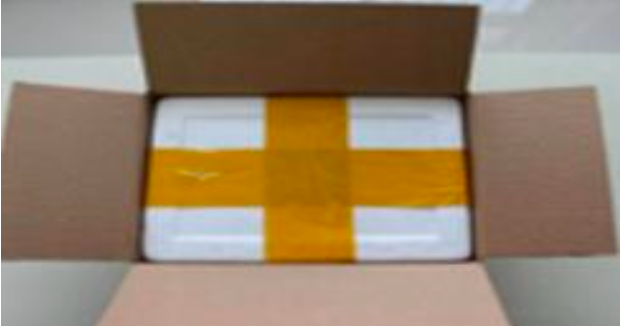 (crossing sealed) (crossing sealed) | 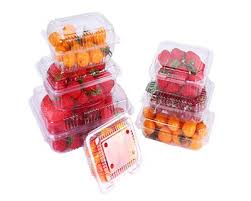 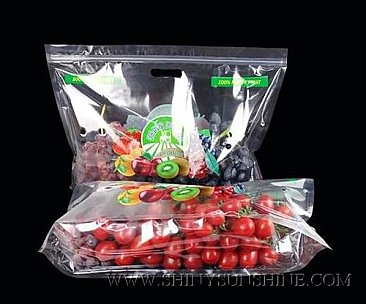 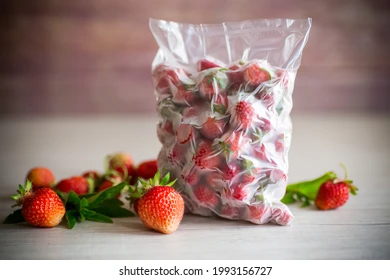 | 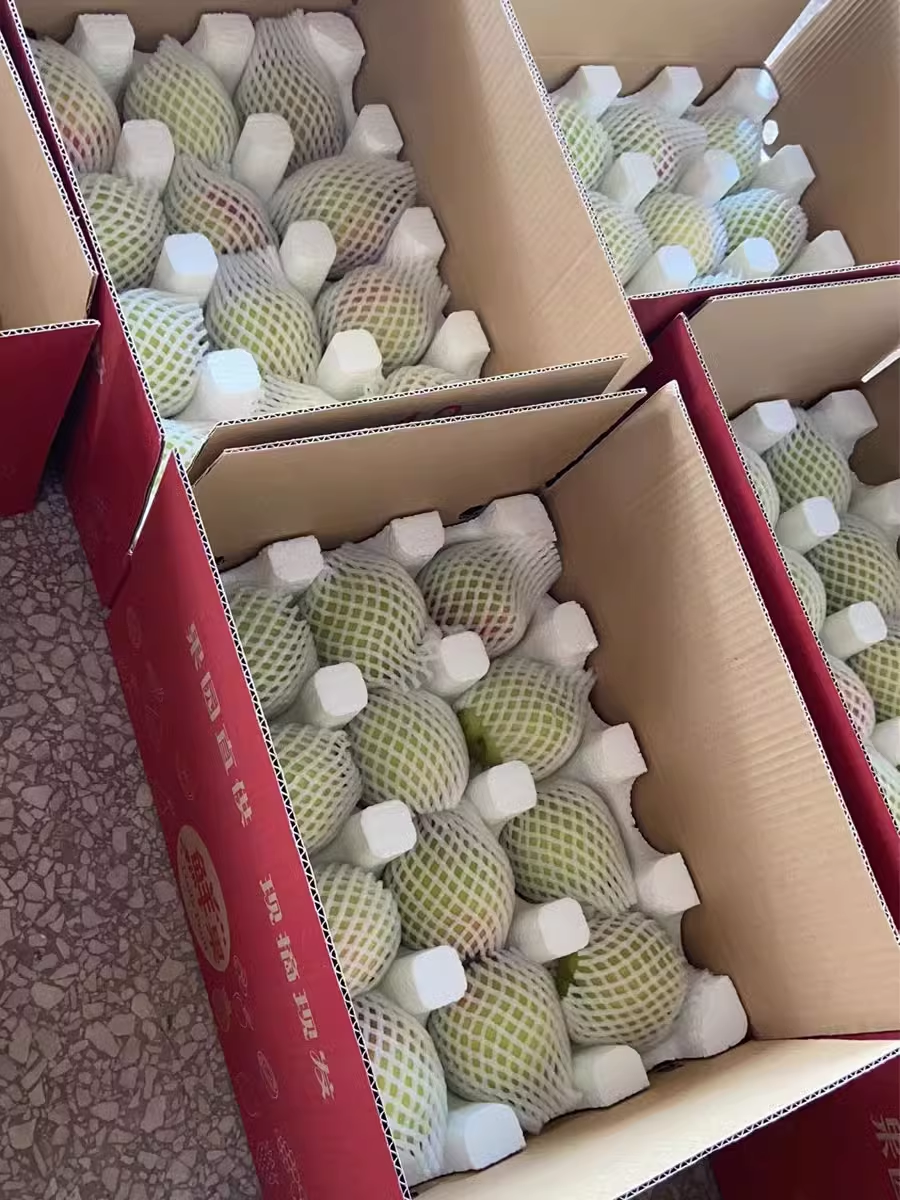  |  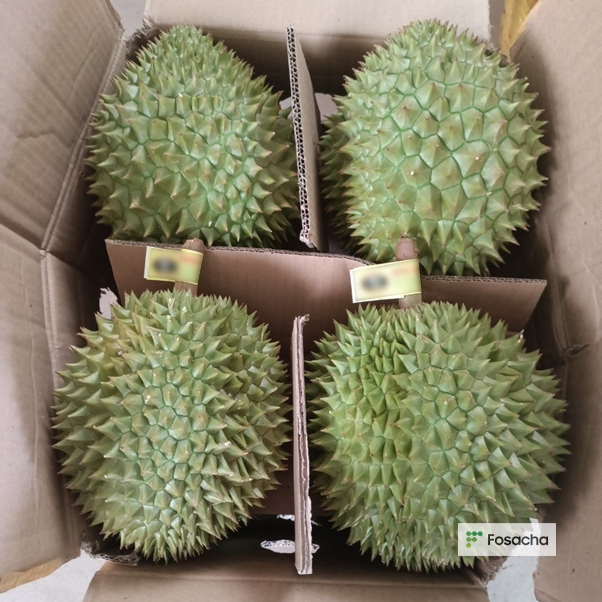 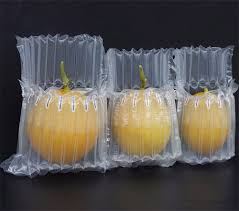 | 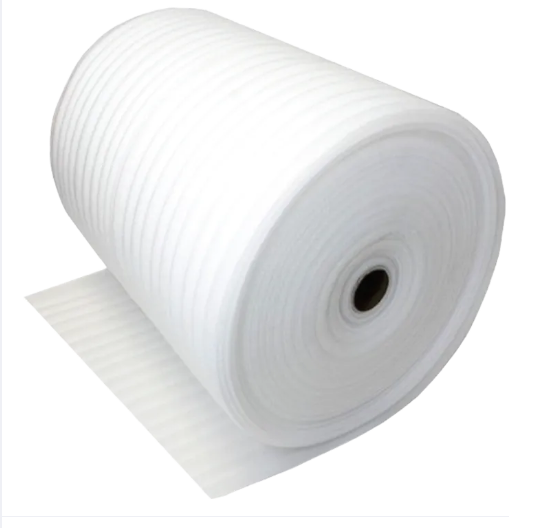 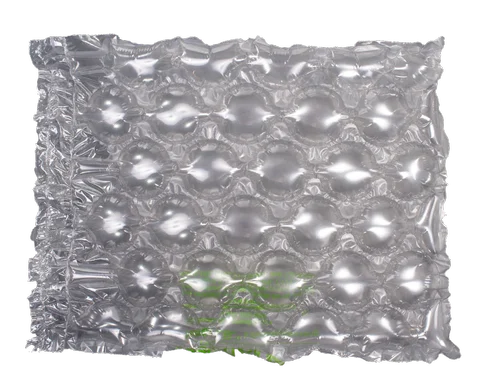 | 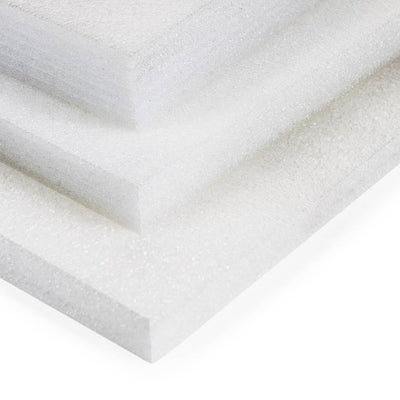 | 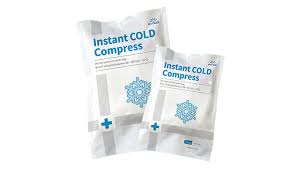 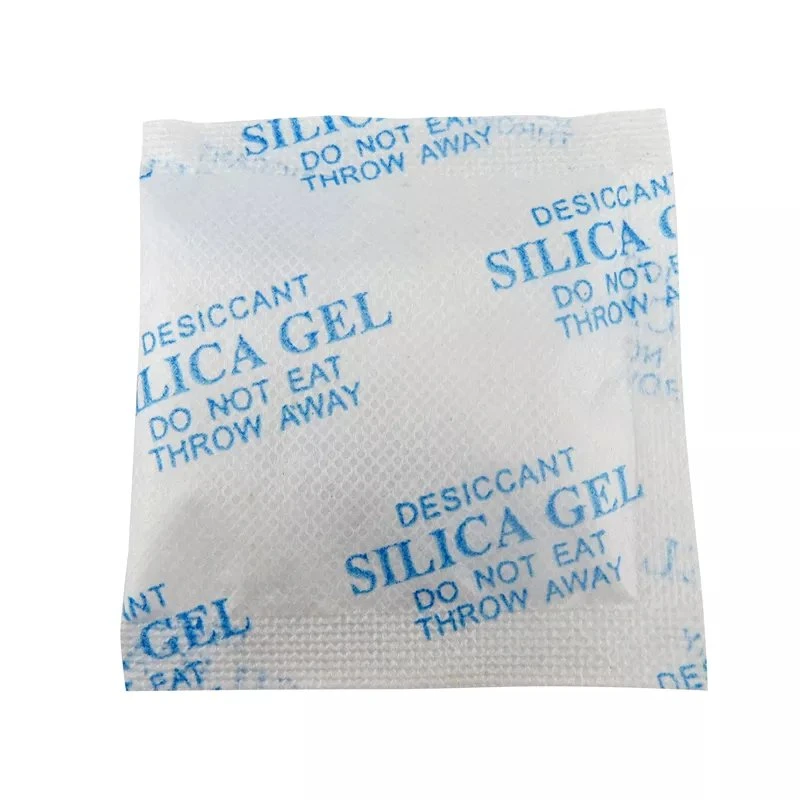 |
4.2 Suggestive
a. Use suitable sizes for fruit packing and boxes shouldn't be overweight.| Size | Weight limit |
| S+ | 5kg |
| M | 8kg |
| M+ | 10kg |
| L | 15kg |
c. For large-size fruit in one parcel, recommend not pack more than 4 single fruits.
d. Do not recommend putting different types of fruits in the same parcel.
Reminders
| The seller must package the product carefully to minimize the risk of damaging any product in transit: |
|
| When using cartons, the seller must meet the following requirements: |
|
| When packing the parcel, the seller should note: |
|
| Please make sure the package is properly packed and sealed before it's picked up by the courier. | |
| To ensure the safety of the items, be sure to take extra precautions prior to pick-ups —— taking video and photos of the package showing the correct packaging and condition of the package —— as proof if anything goes wrong. | |
| If possible, please send images to the buyer to demonstrate that the packaging was intact and the item was delivered to the courier in perfect condition. | |
| Please note that there's no compensation for any damage to food or liquid items (carrier restricted items). | |
5.Parcel with high-value items
It is strongly recommended to invest in tamper-proof packing for high-value items to minimise the chances of parcel theft or tampering, and ease the compensation appeal.- Do not indicate that parcel contains high-value item(s).
- Don't print shipping labels with product information
- Conseal branding or logo
- Use packing materials that can leave marks/residue upon opening.
- Box
- Sticker
5.1 Don't print shipping labels with product information
It's suggested to only attach the shipping label, and not attach a picking list or packing list on the parcel.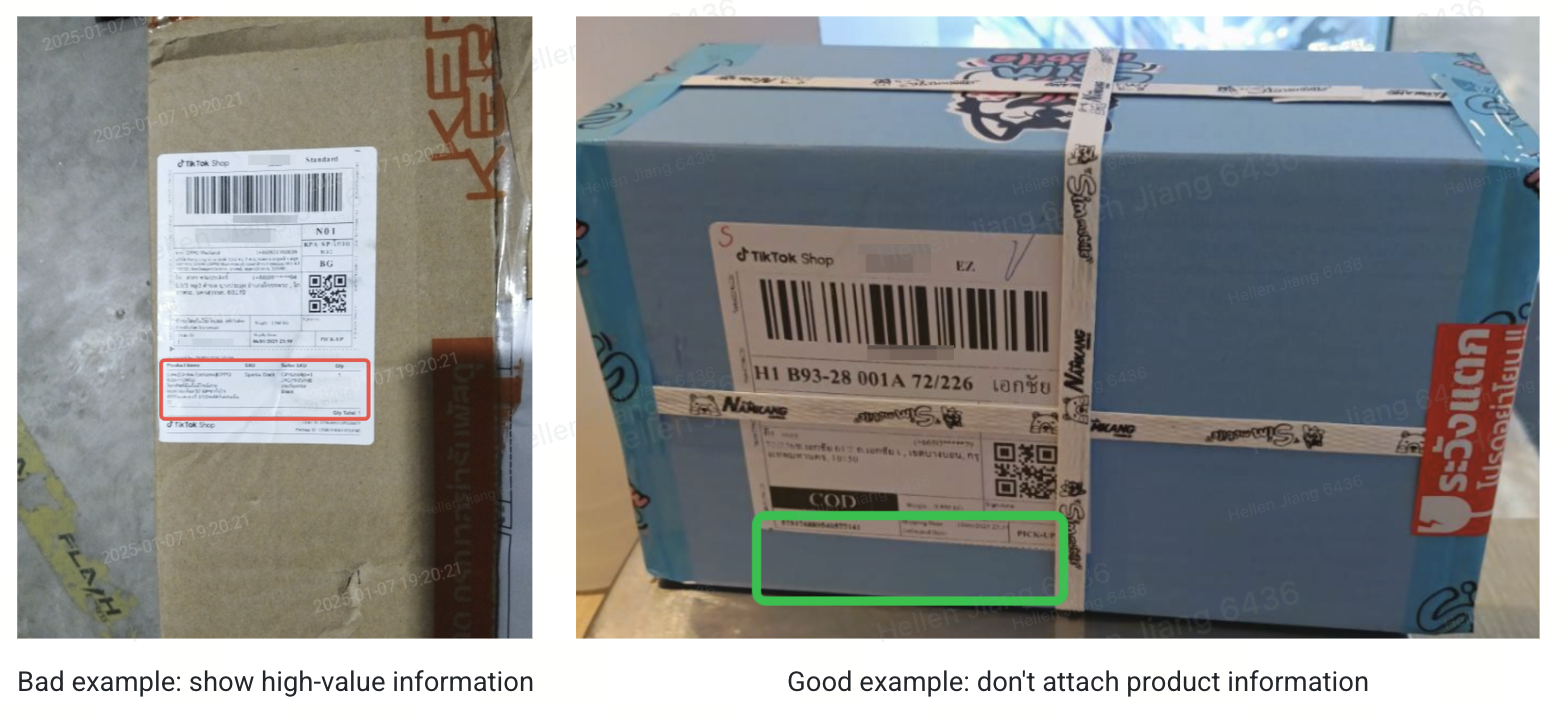 For more information on how to set up printing materials at seller center: Shipping Labels
For more information on how to set up printing materials at seller center: Shipping Labels5.2 Conseal branding or logo
It is recommended not to show well-known brands or logos that are regarded as high-value, which may incur the intention of theft.- Use box(es) without obvious brand printing
- Do heavy outer wrapping on all angles

5.3 Use packing materials that can leave marks/residue upon opening
- The box will be destroyed upon opening, because the tearable strip will be removed and other openable sides are sealed.
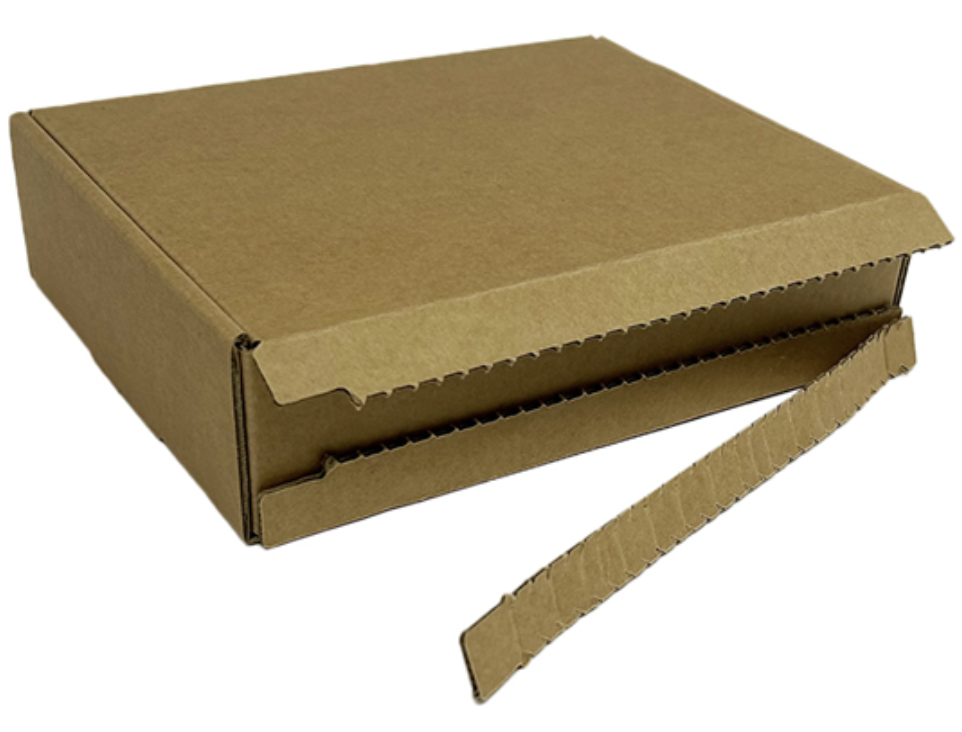
- The sticker (security label/destructible label) will leave trace or be broken upon opening the box
- Security labels leave traces on the parcel surface to which they were applied
- Destructible labels cannot be removed as a whole intactly
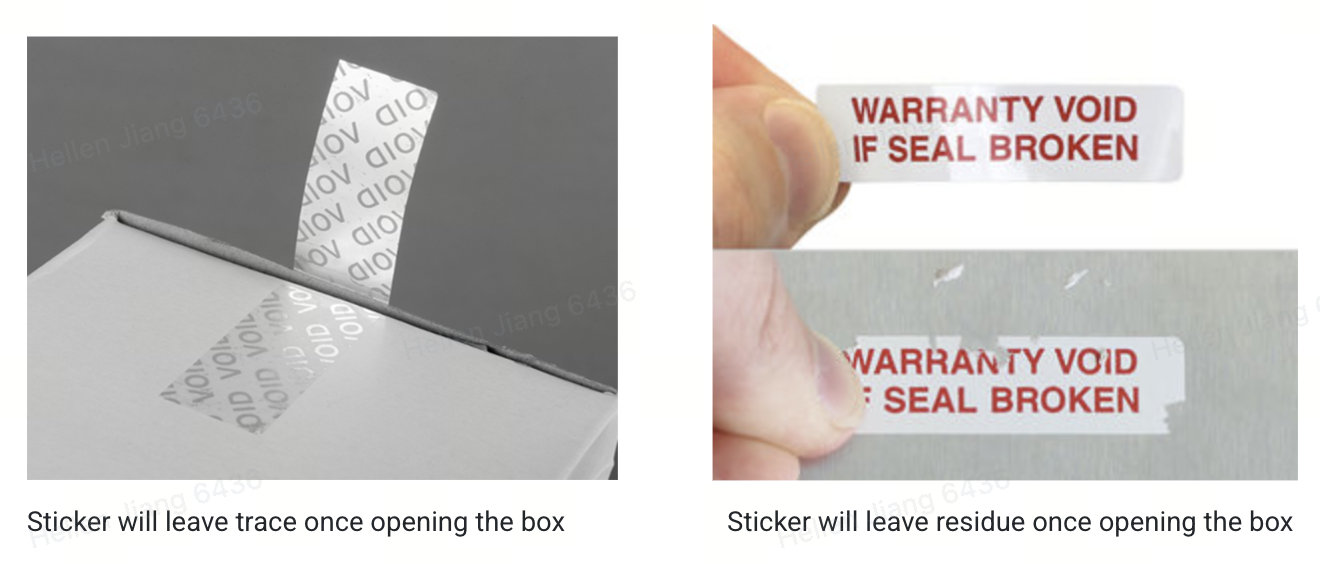
6.How to Stick a Sticker
Take a package of J&T, a carrier, as an example: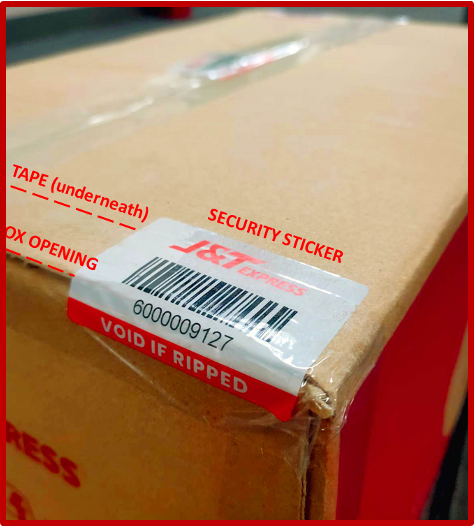 | 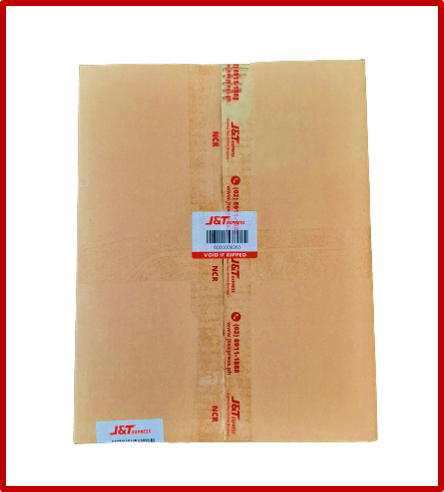 | 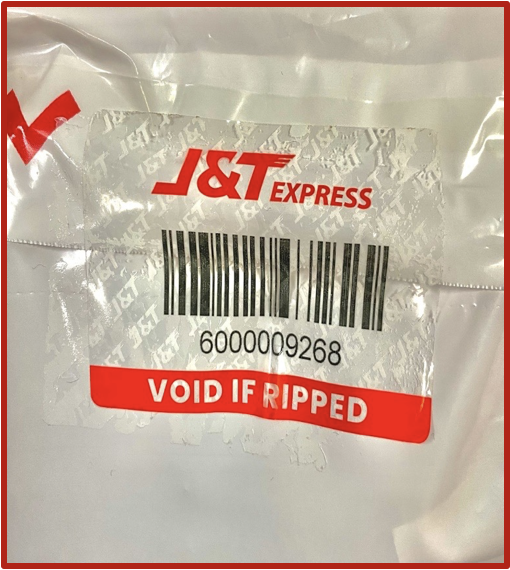 | 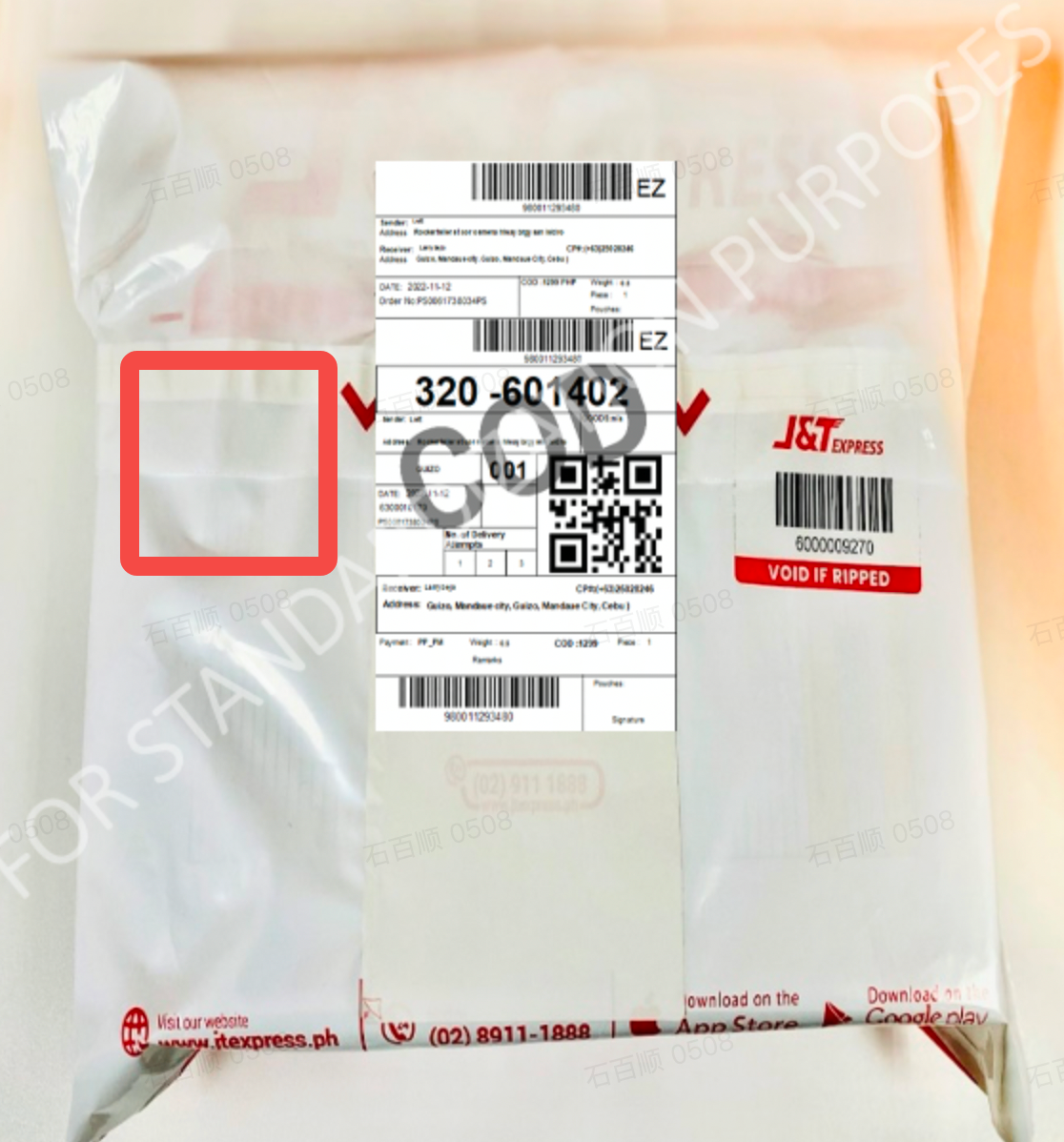 |
|
|
|
|